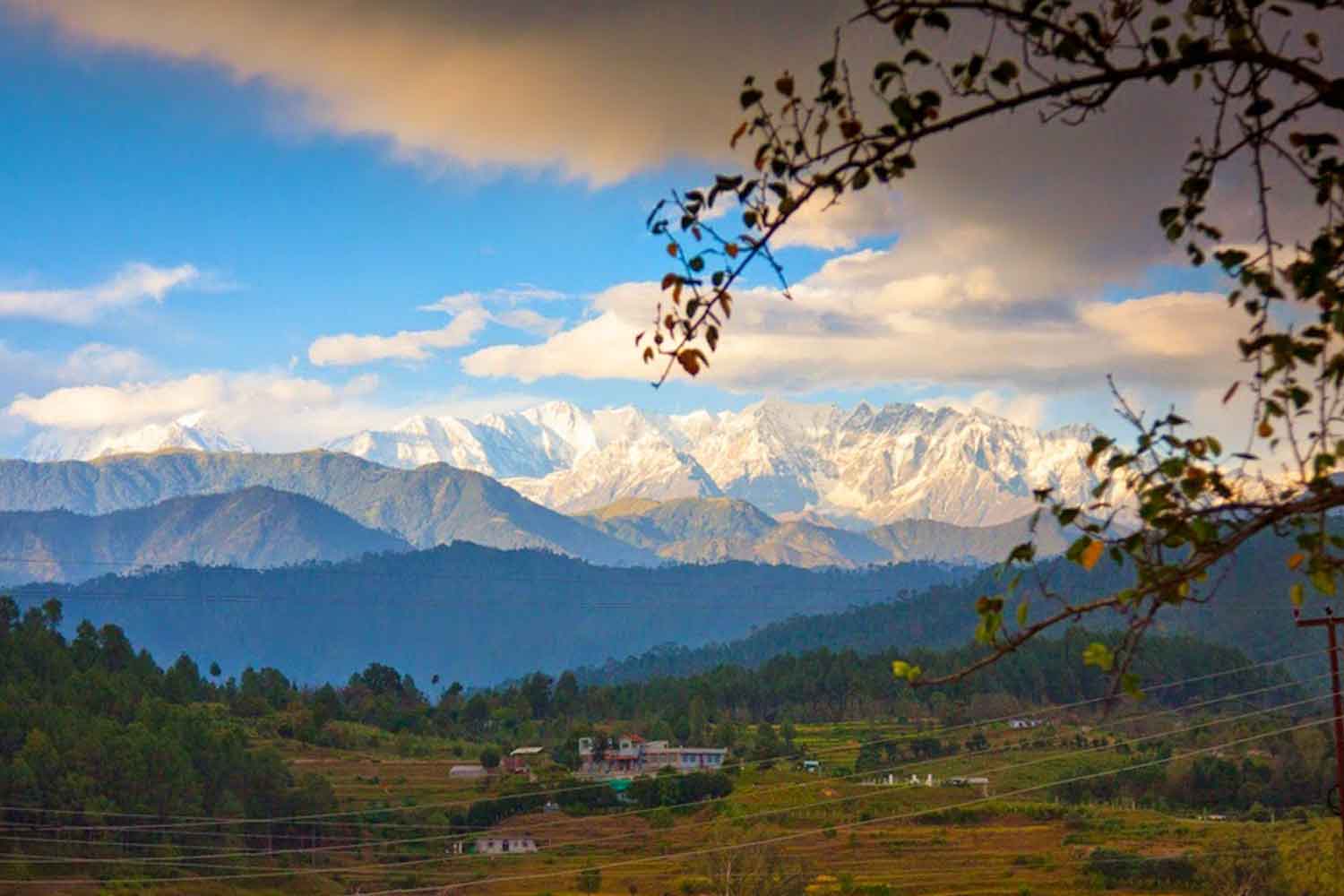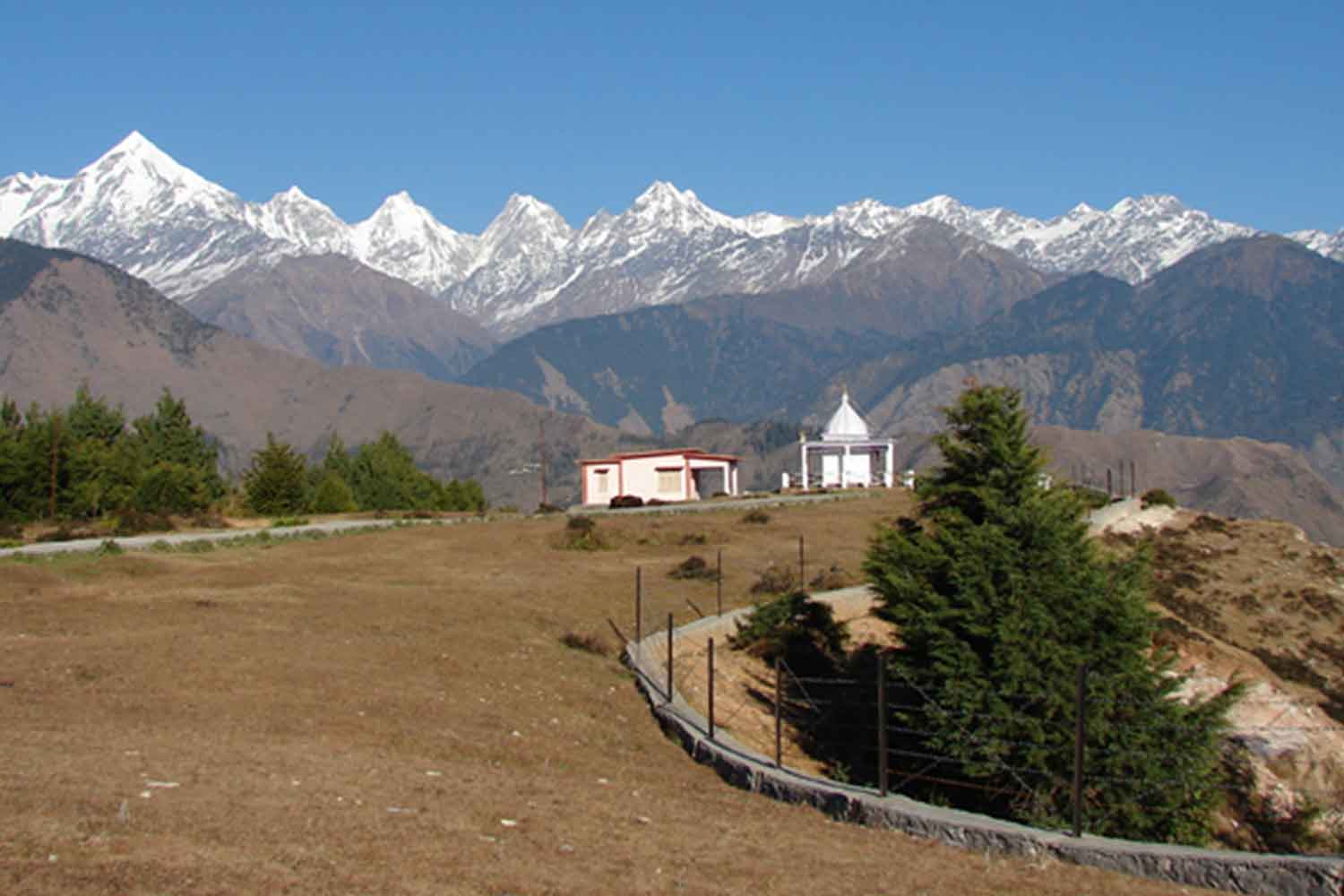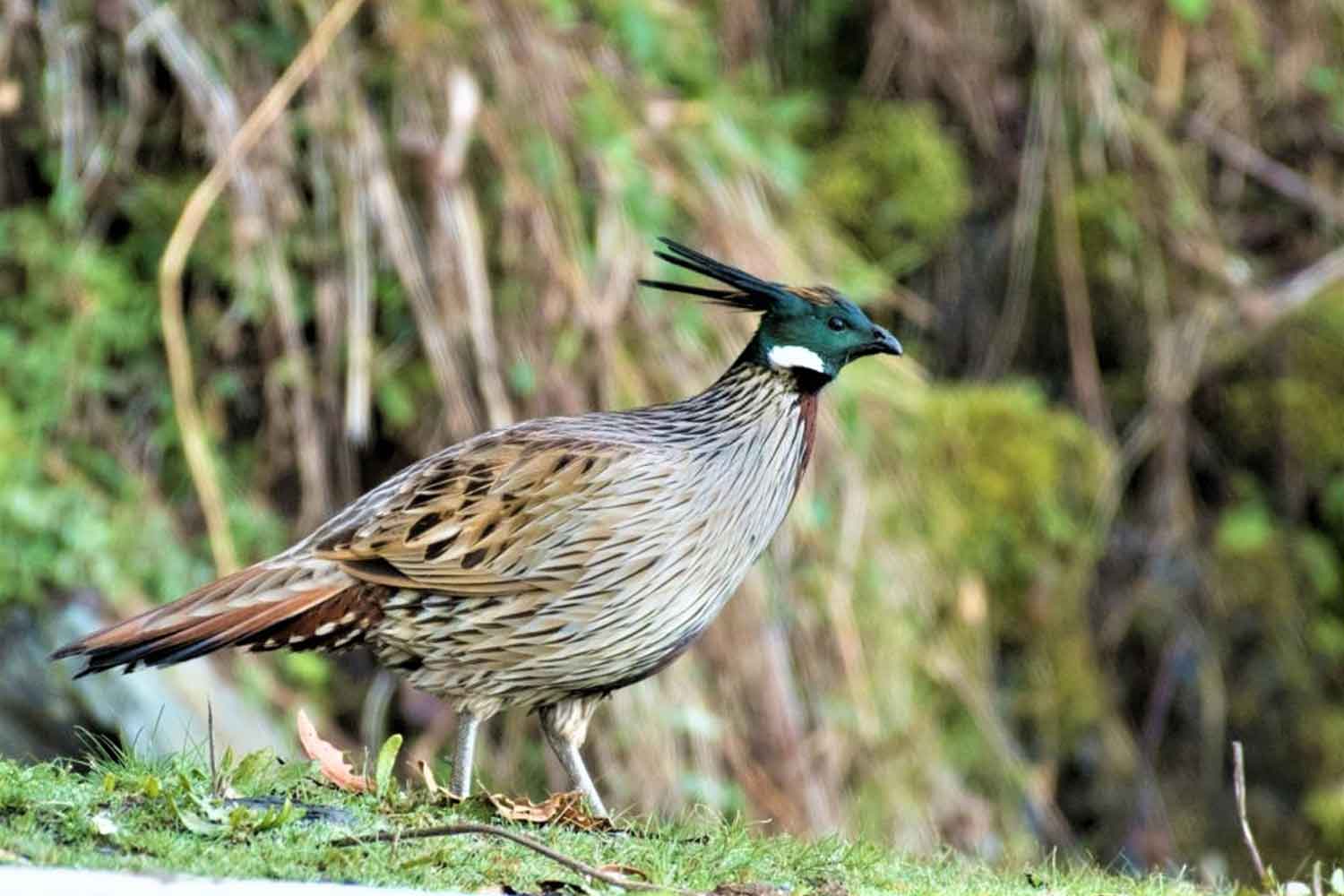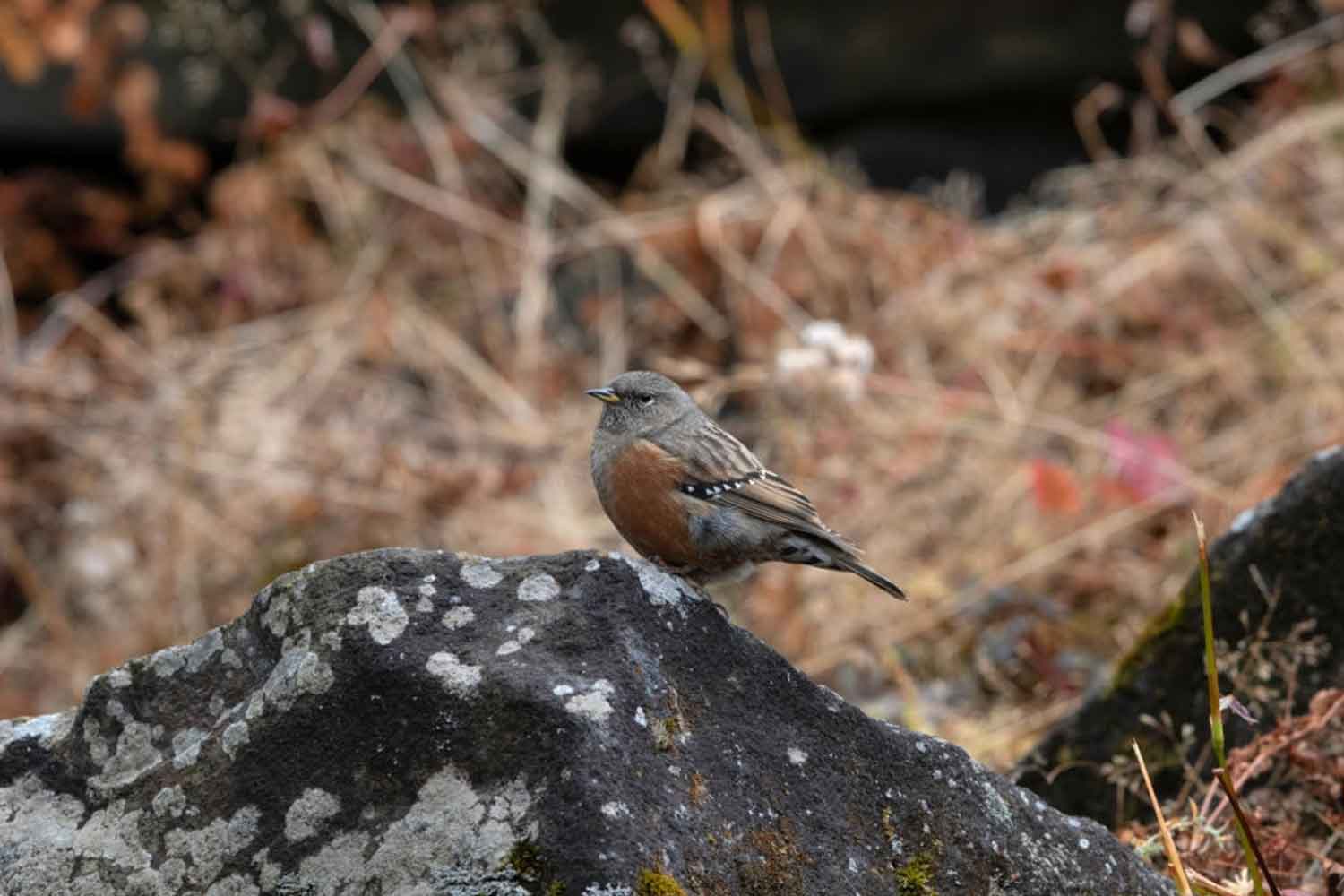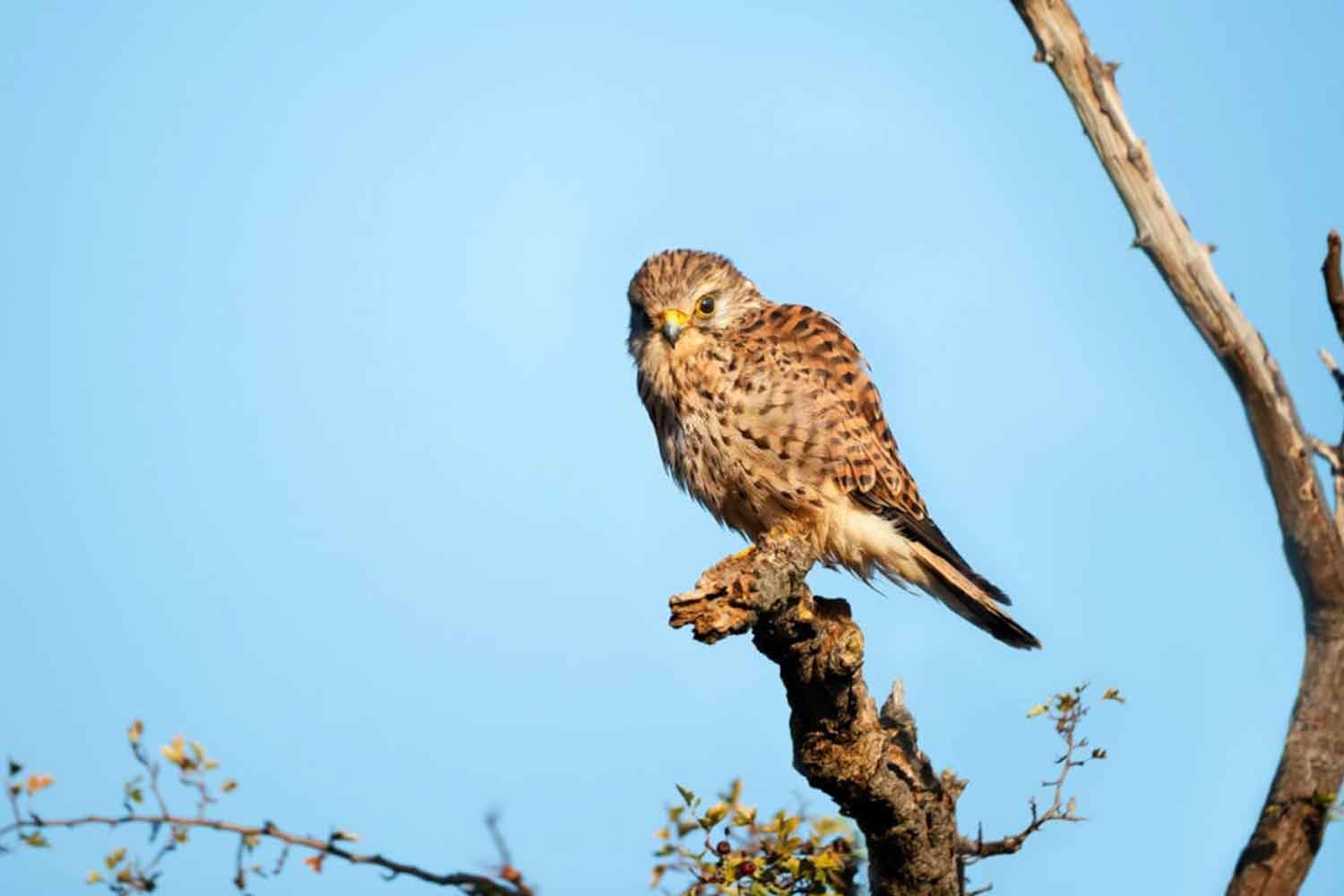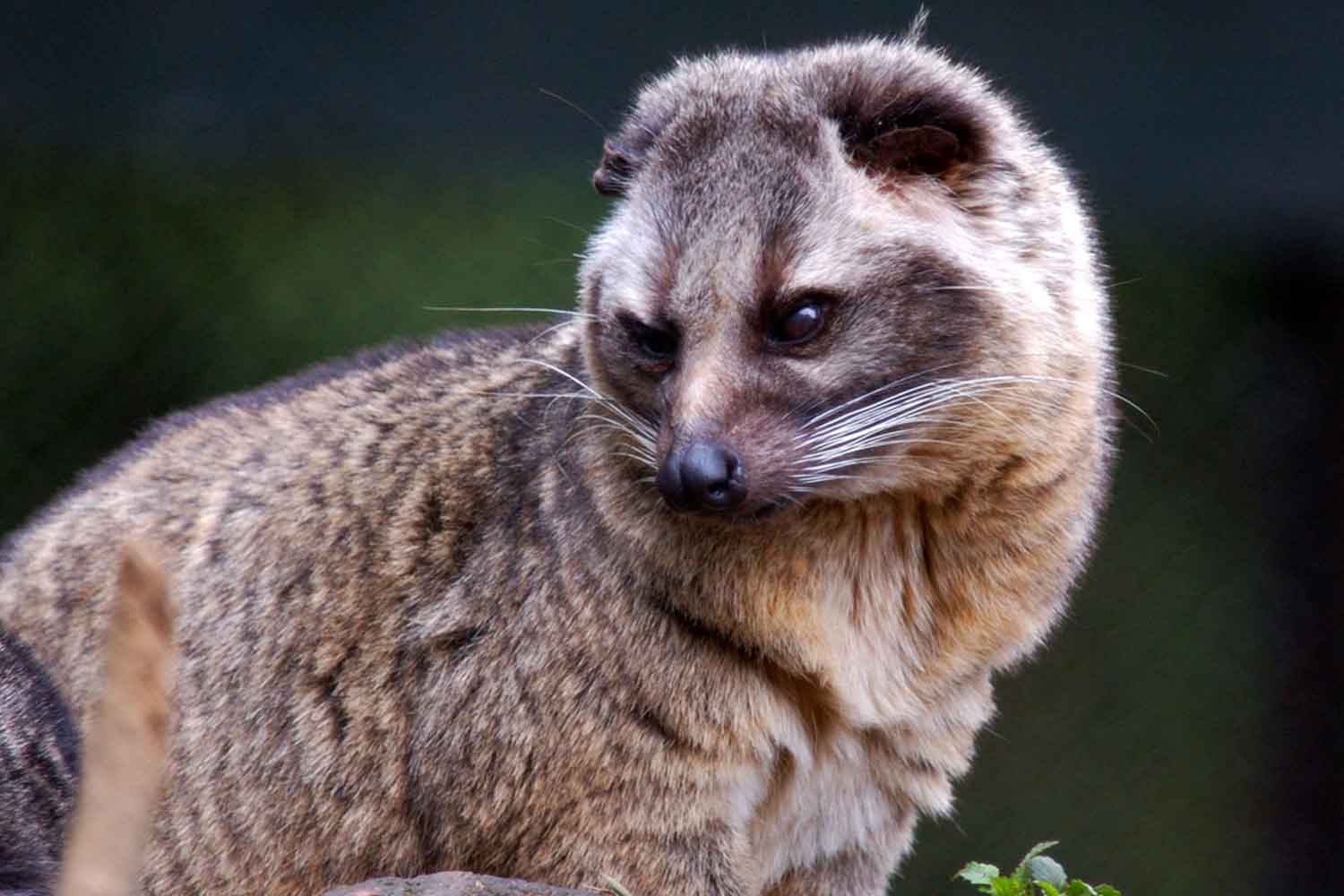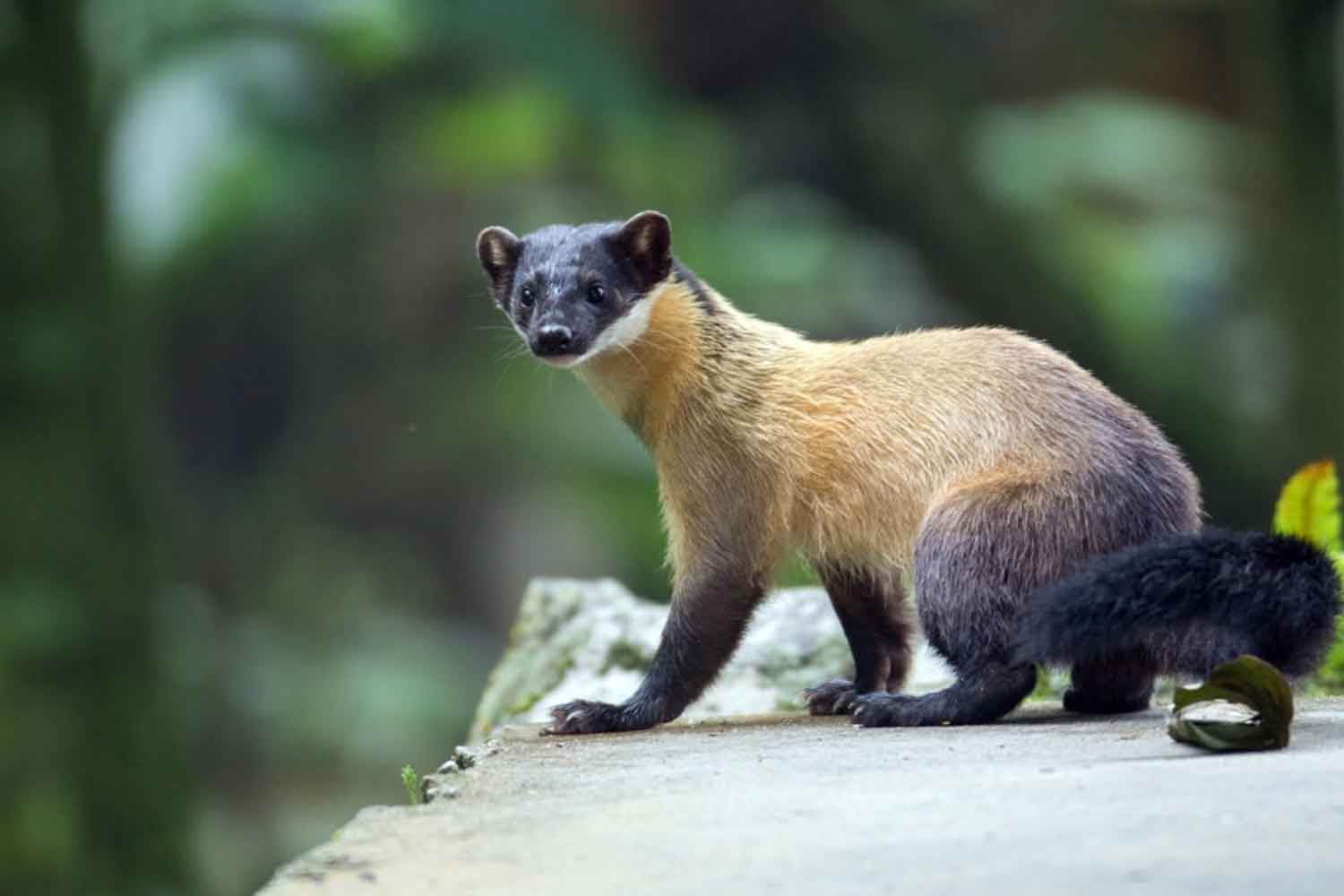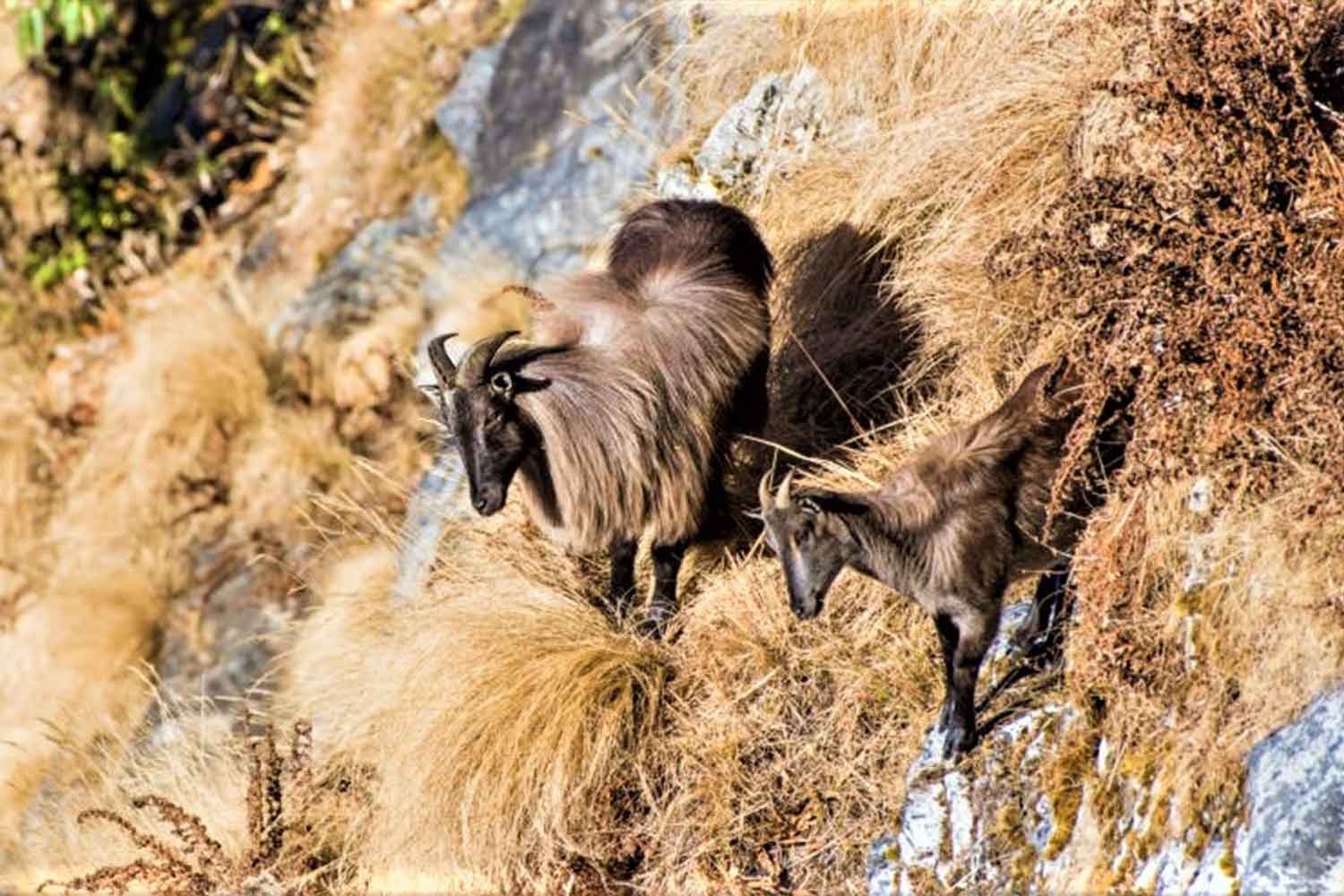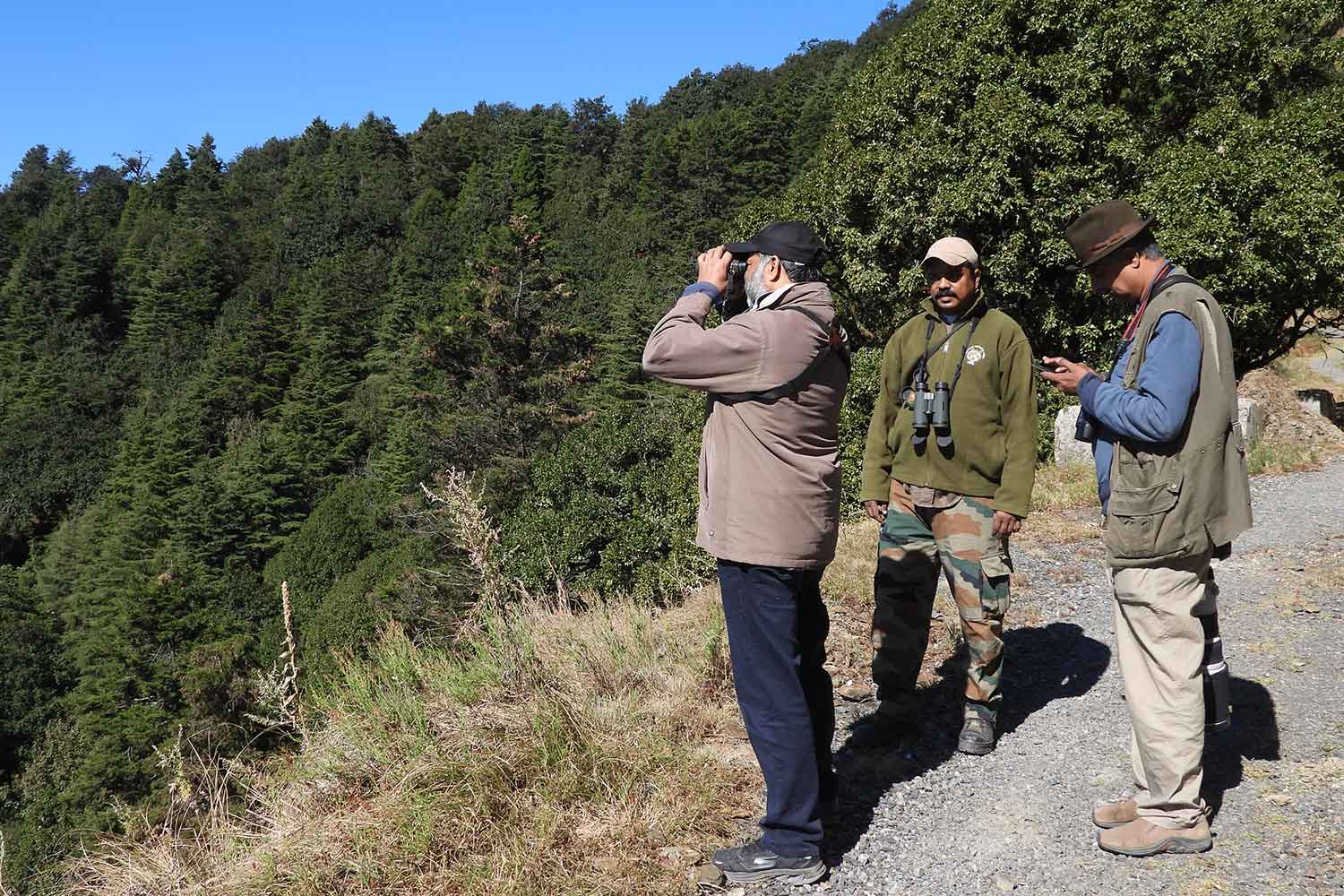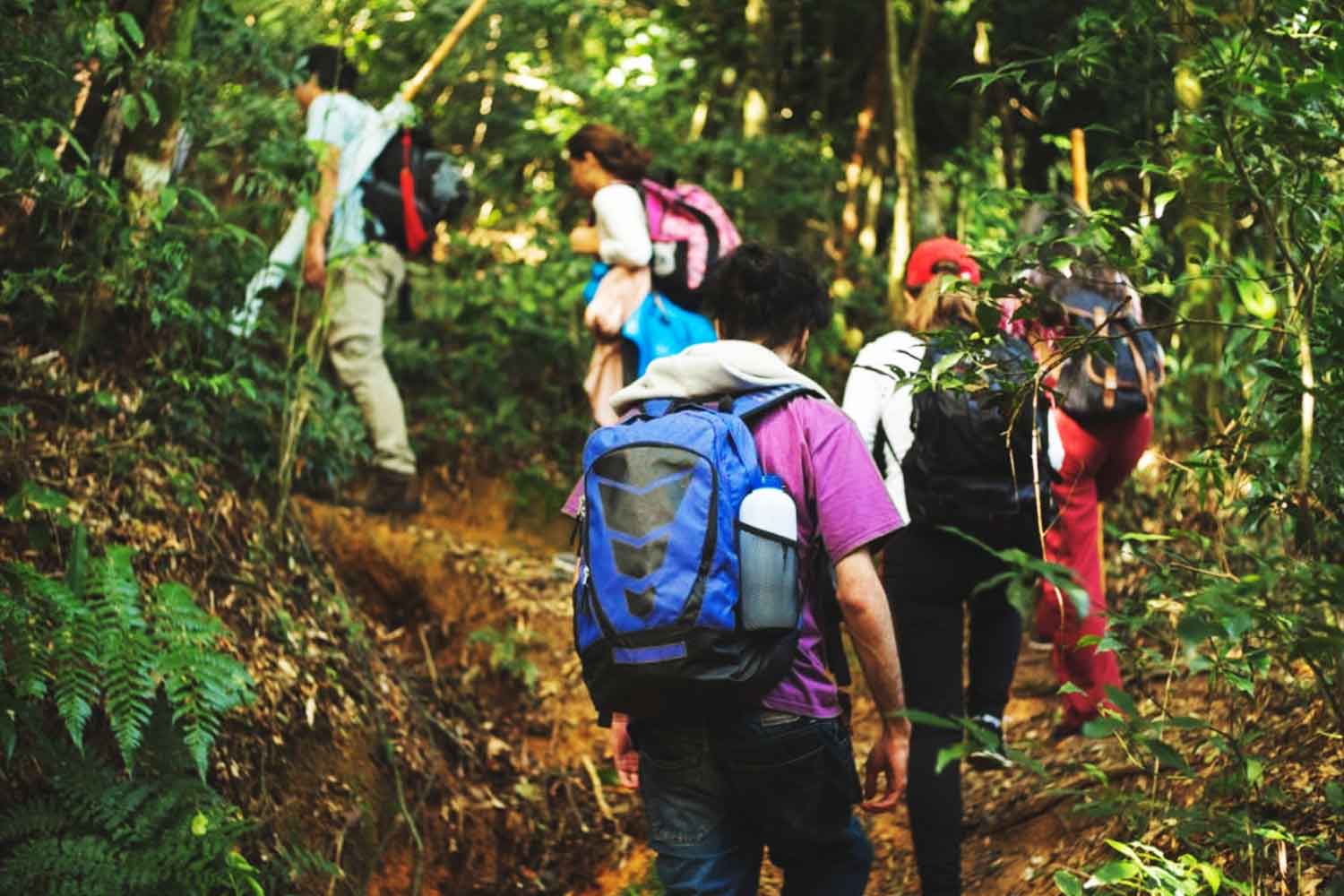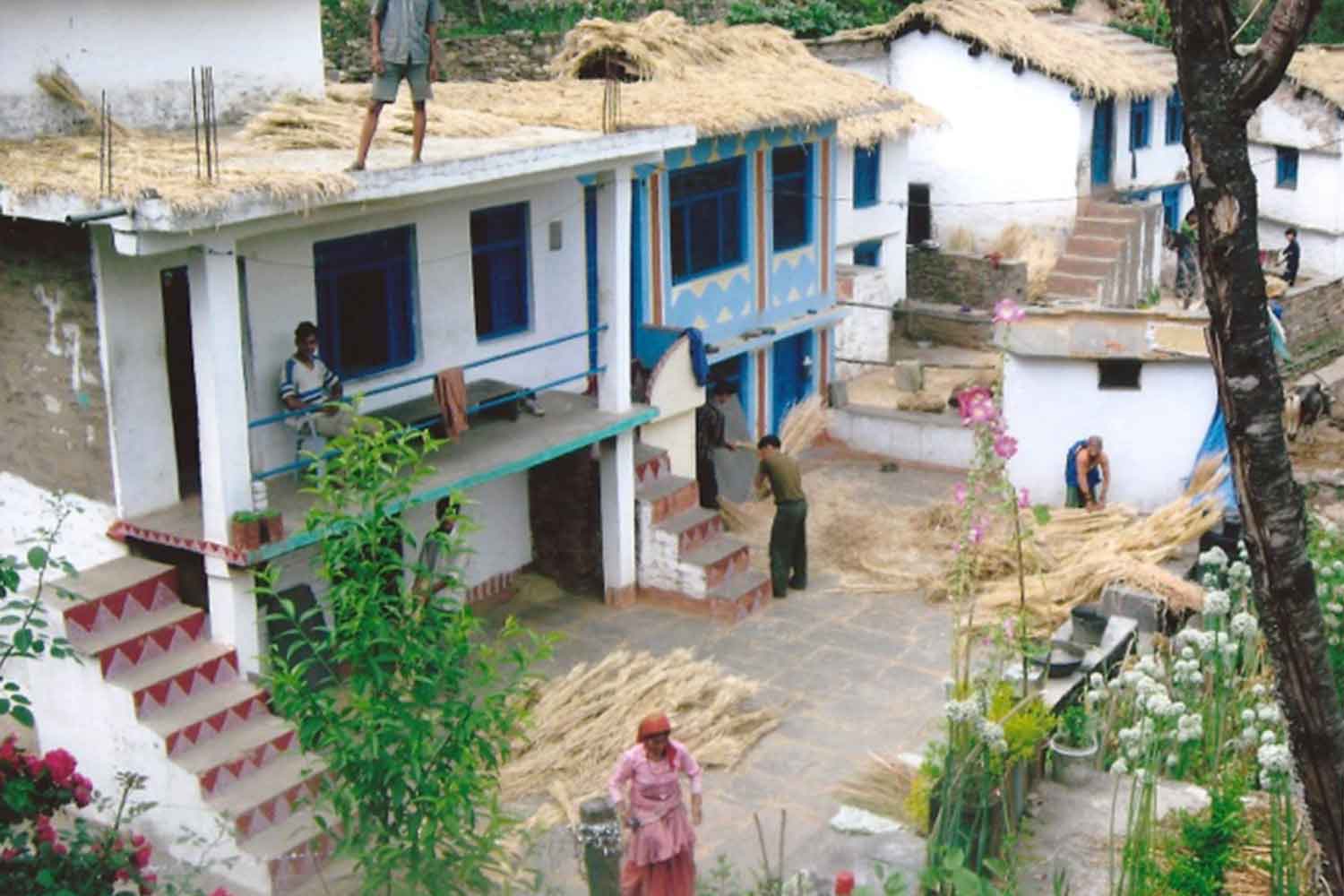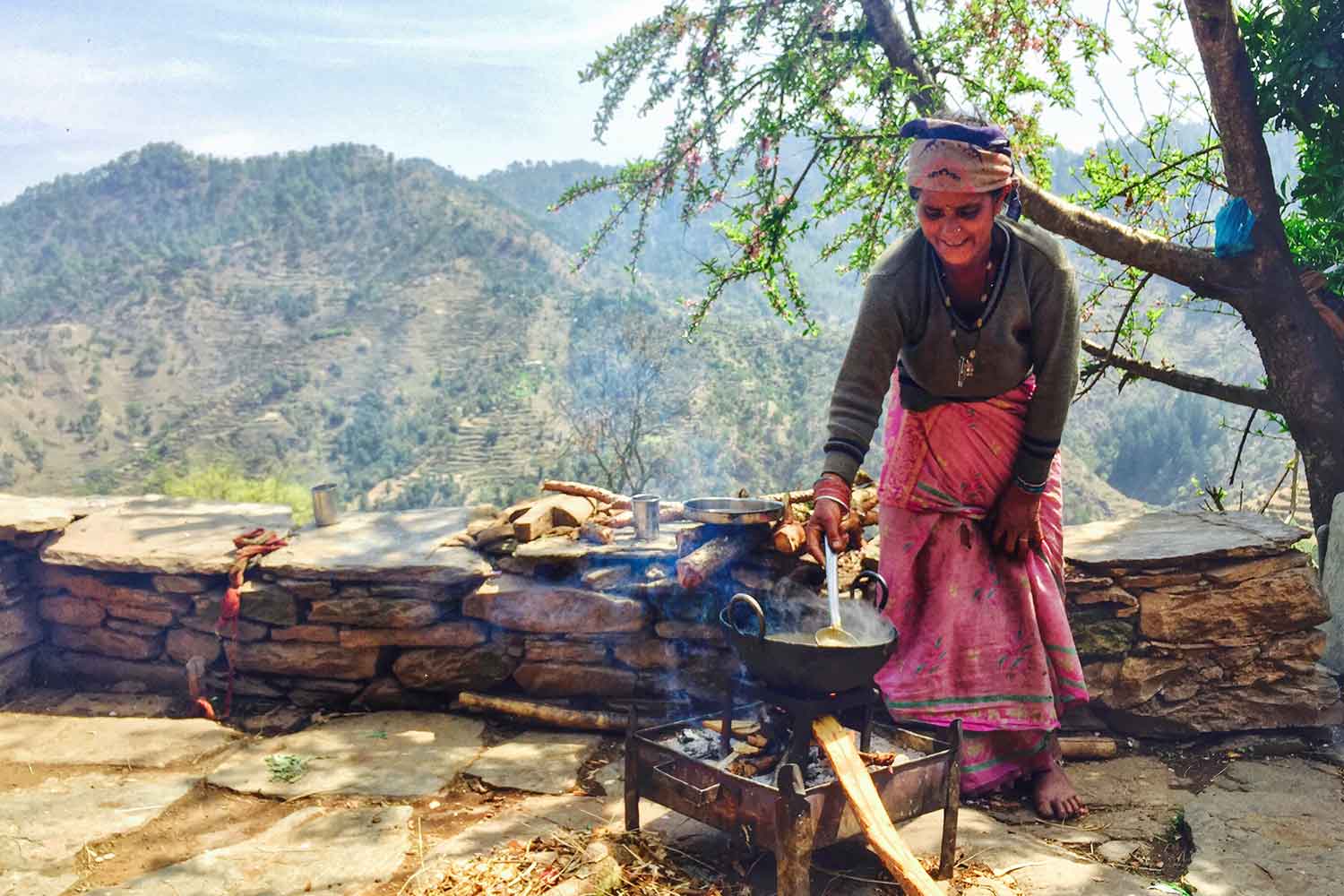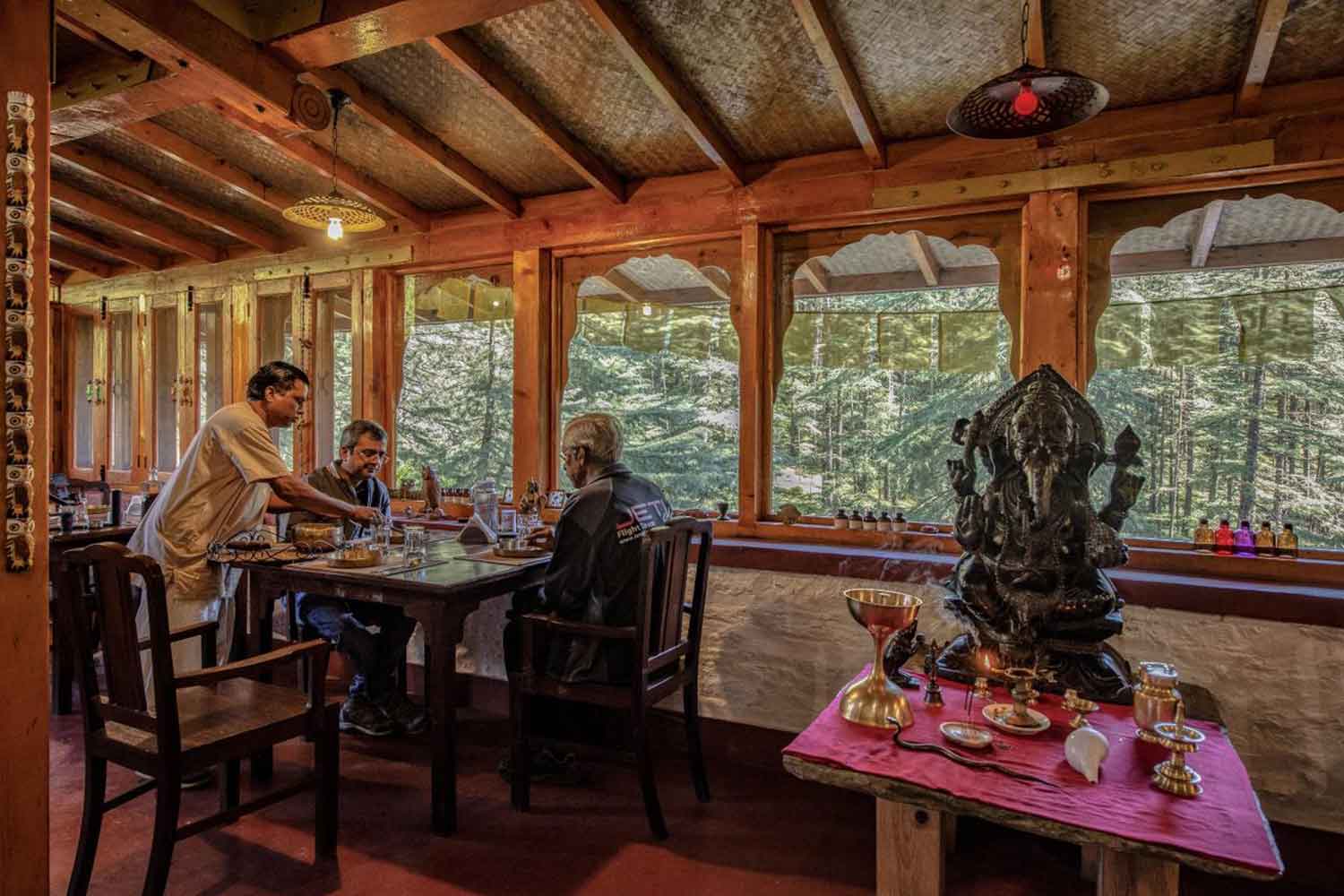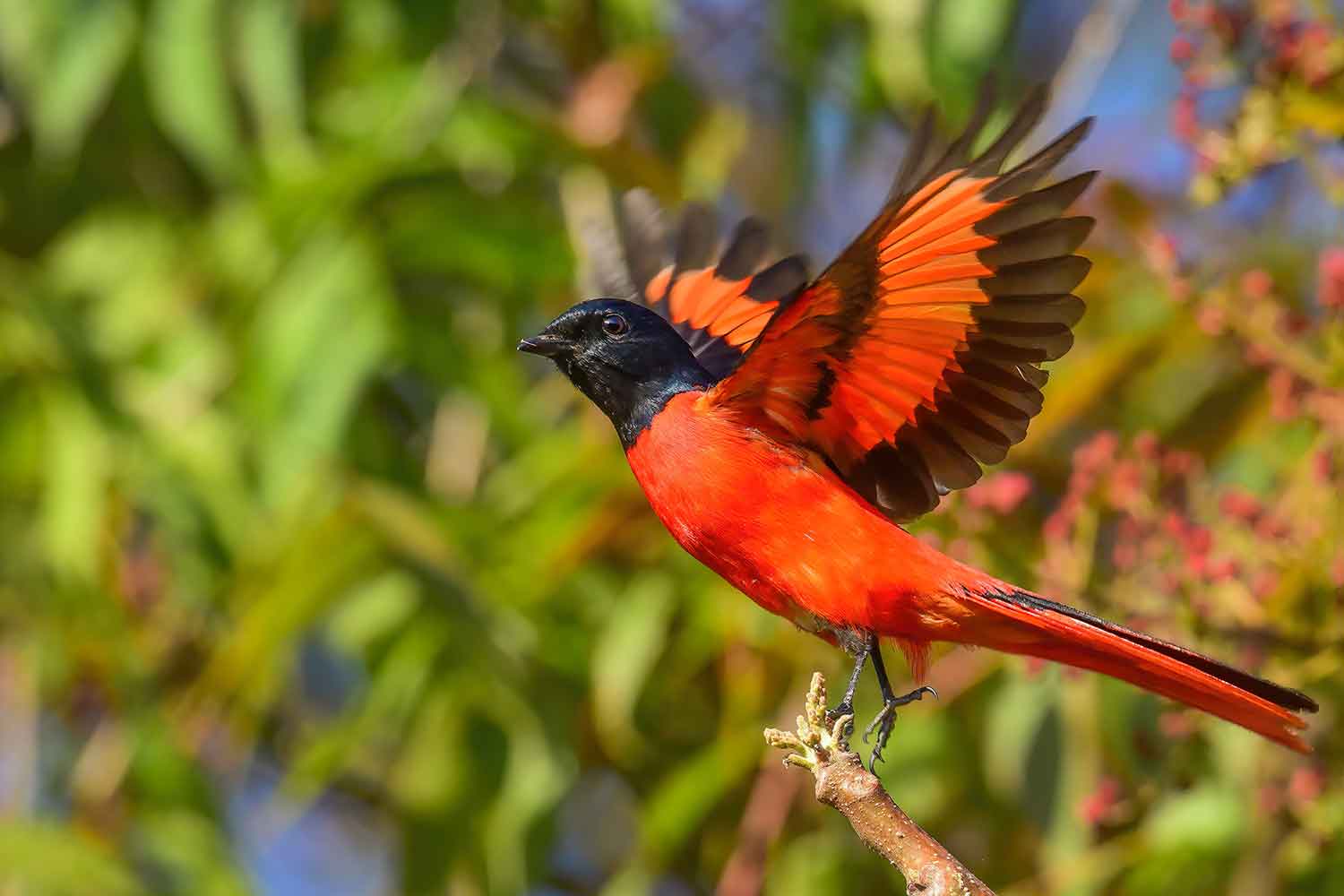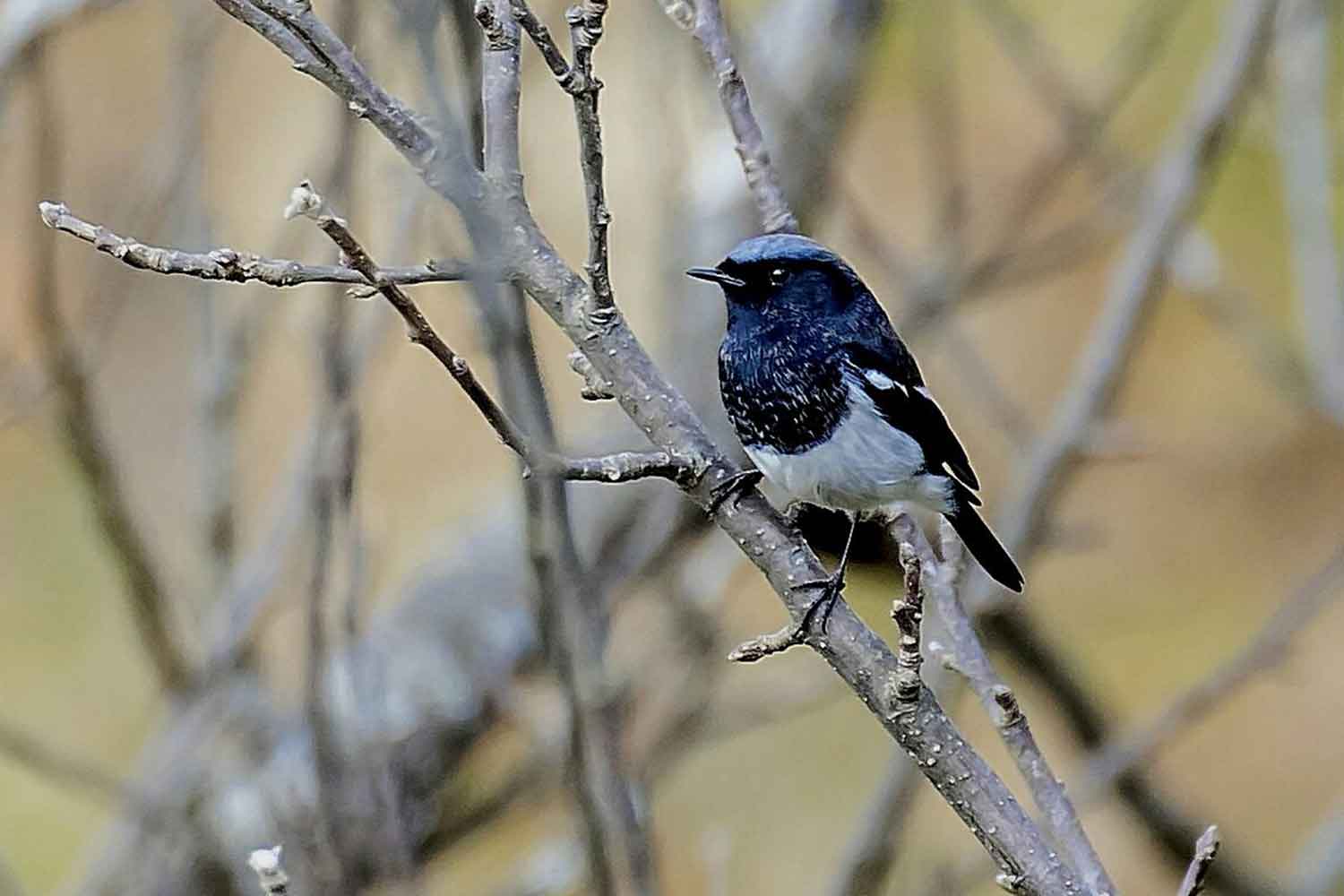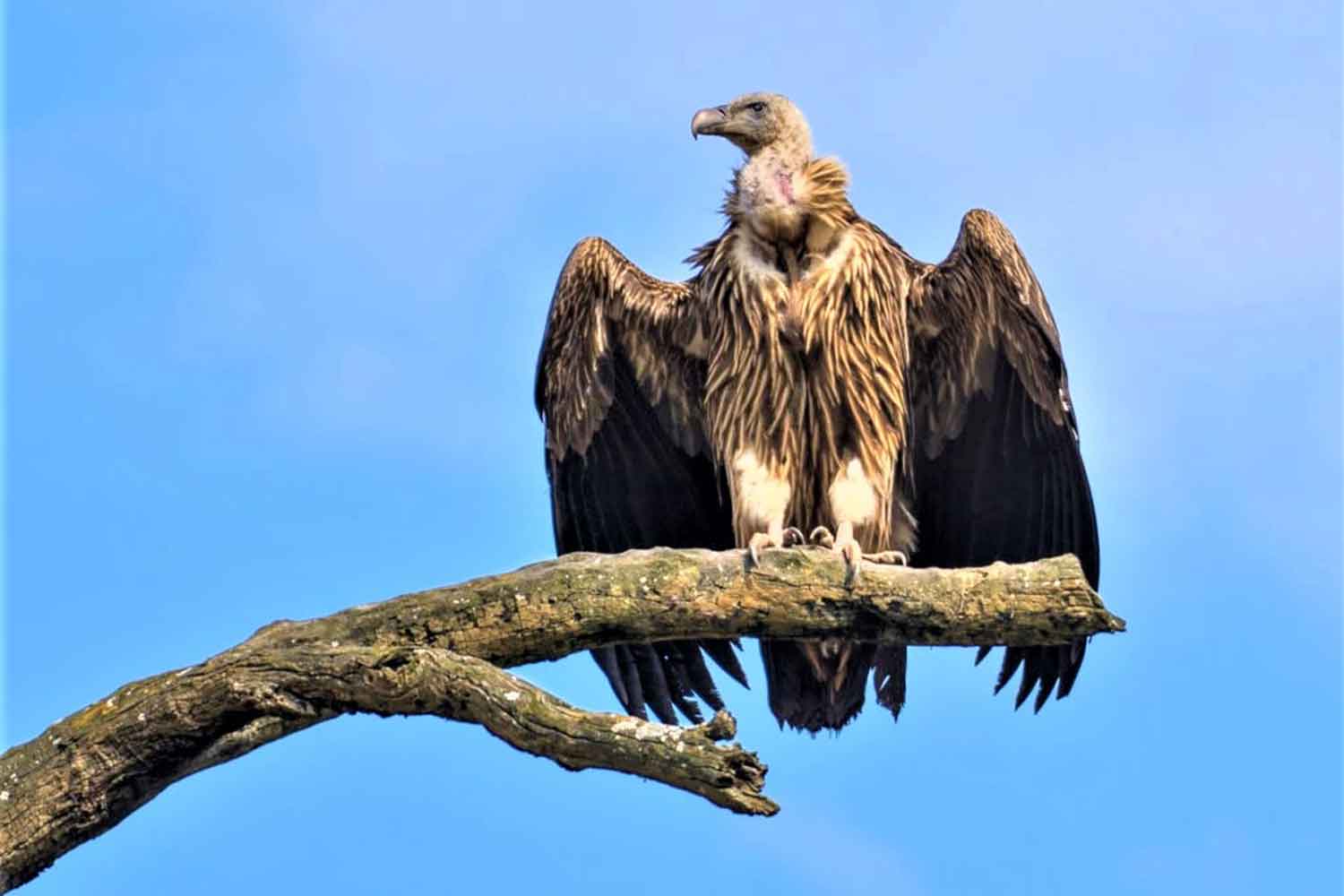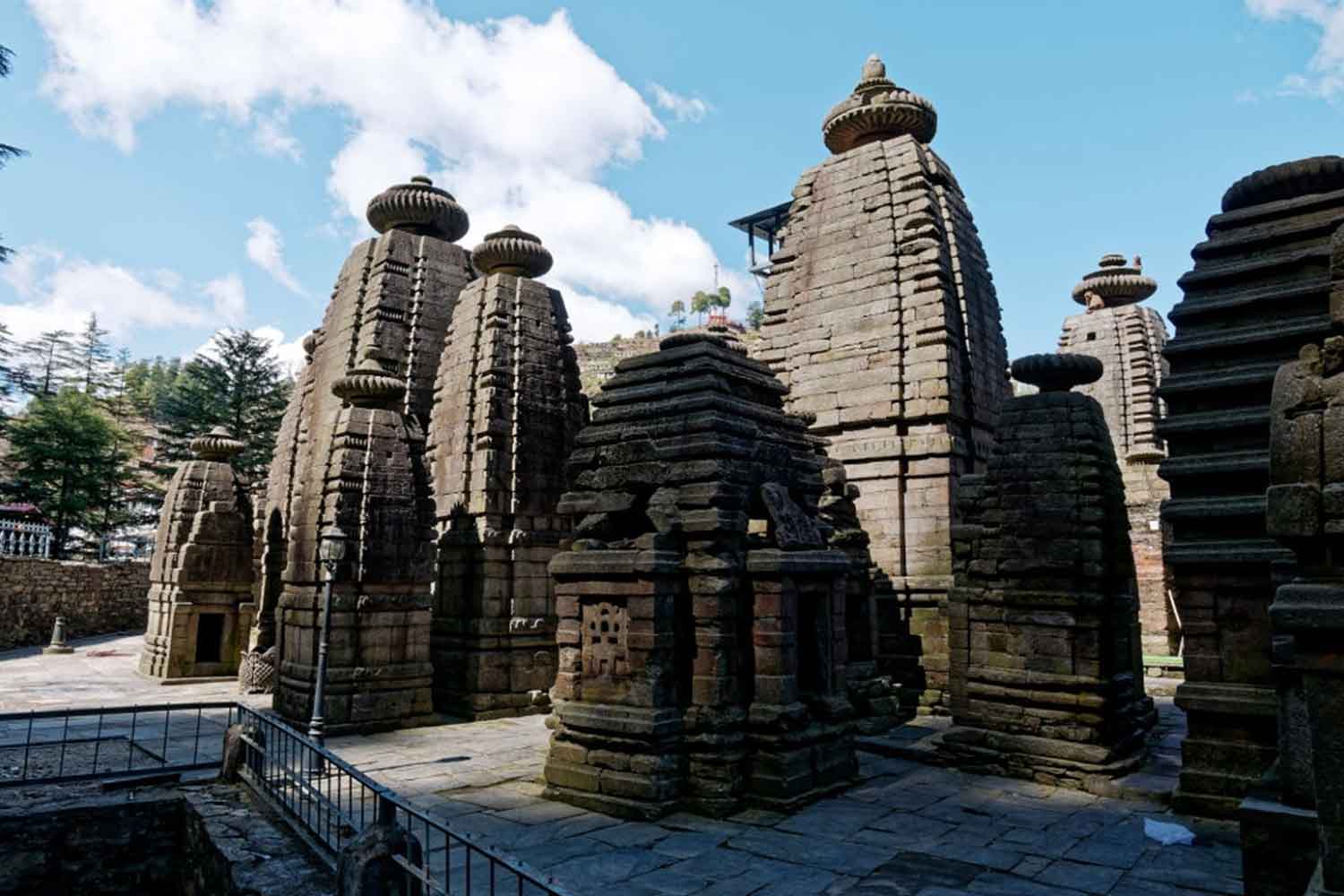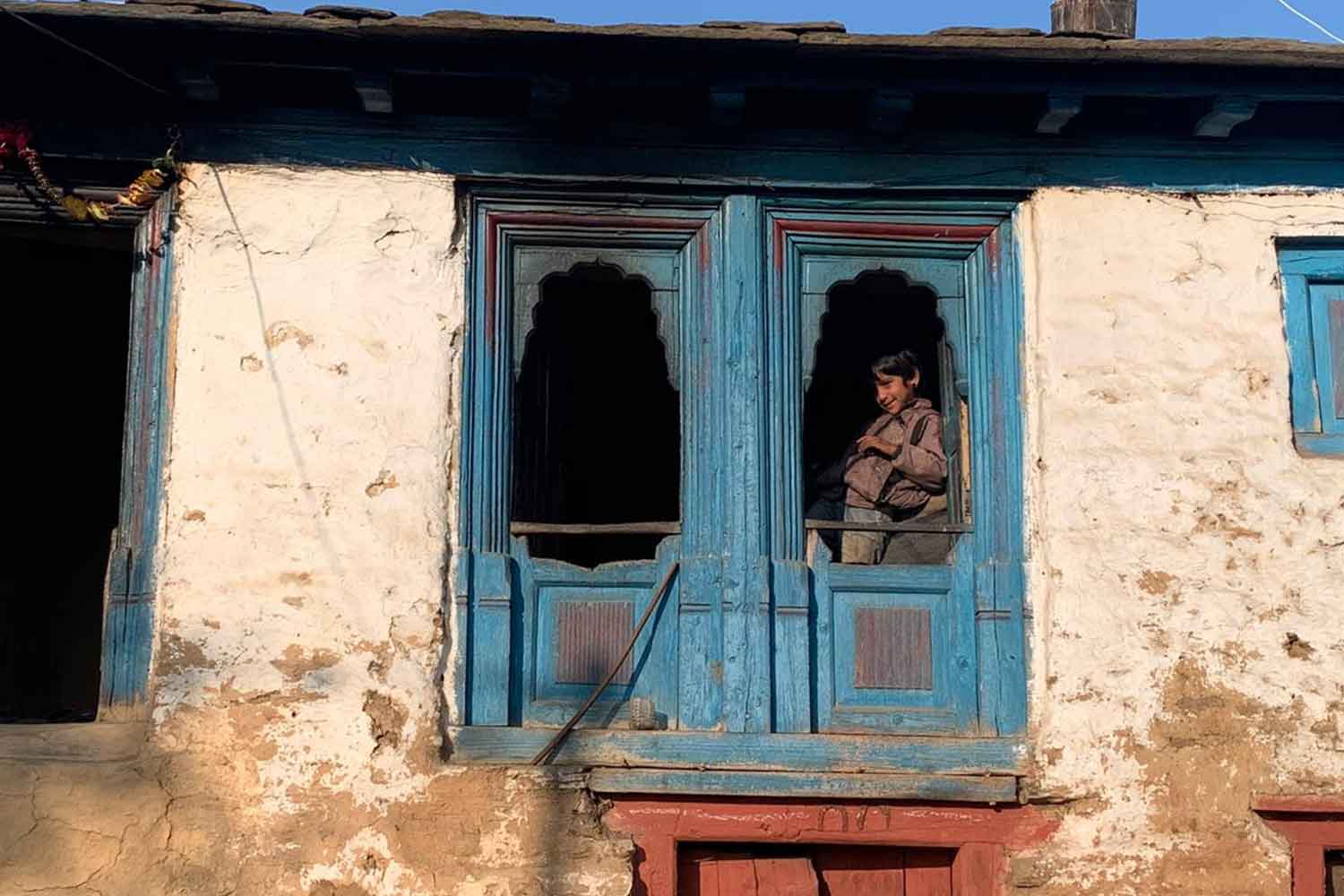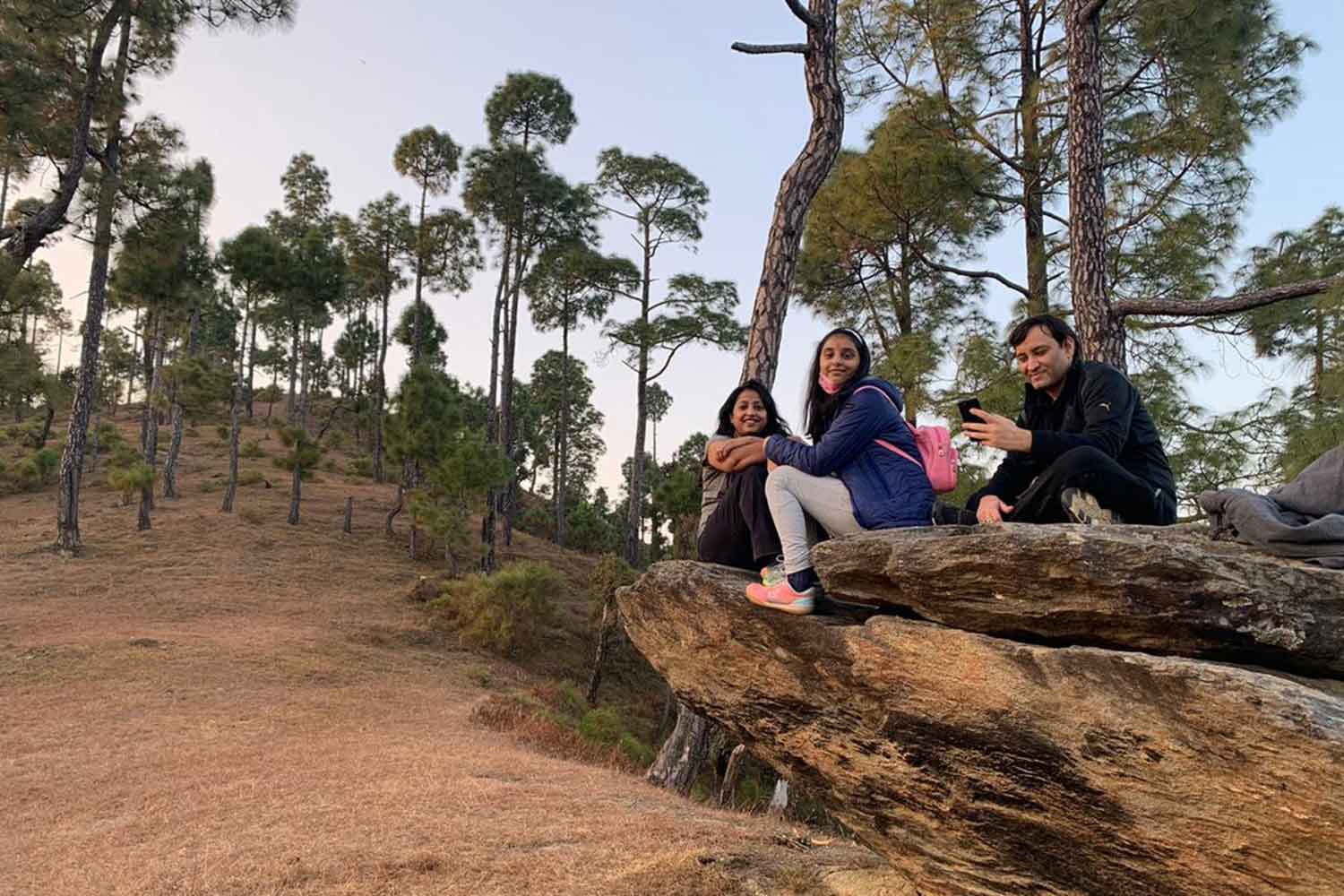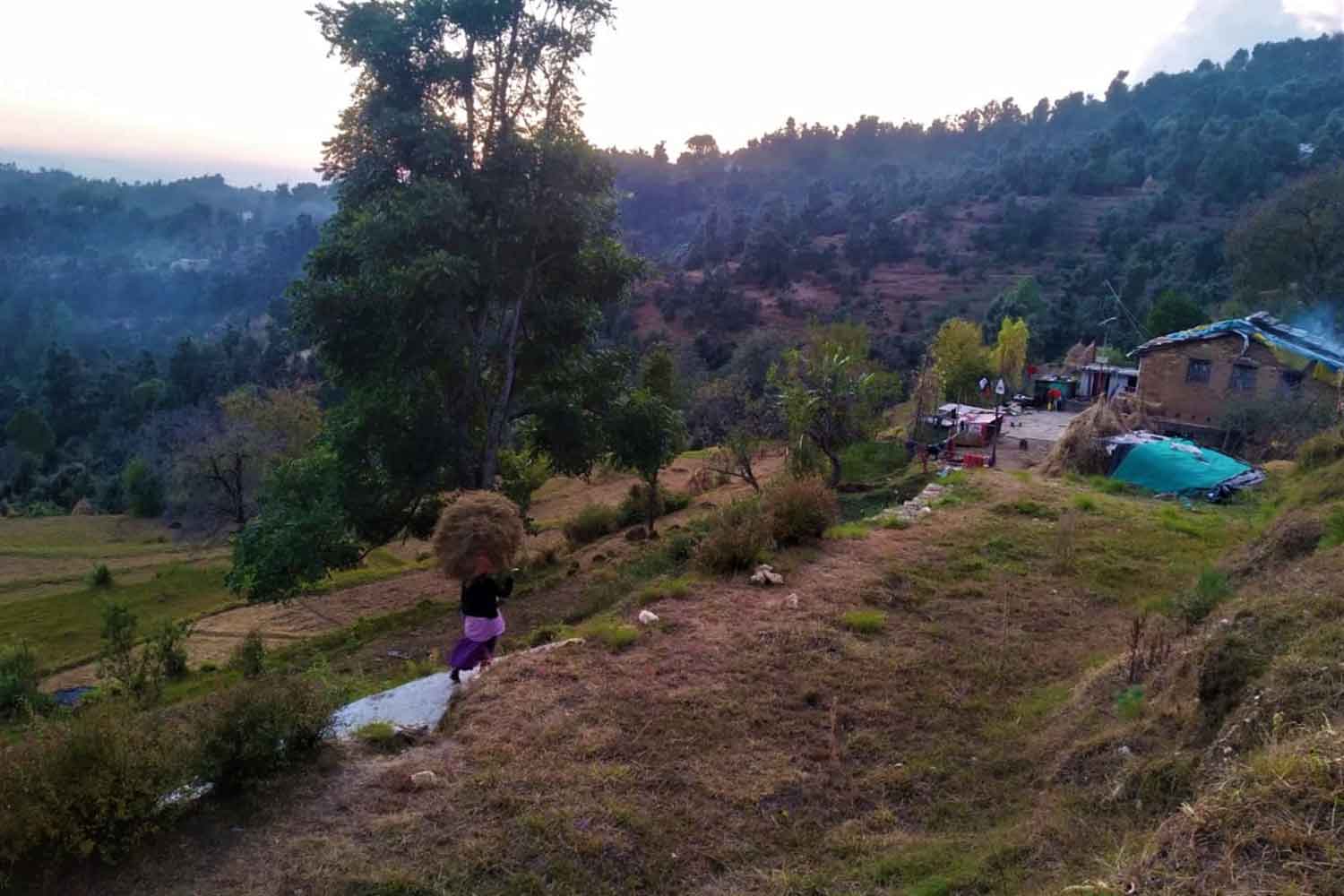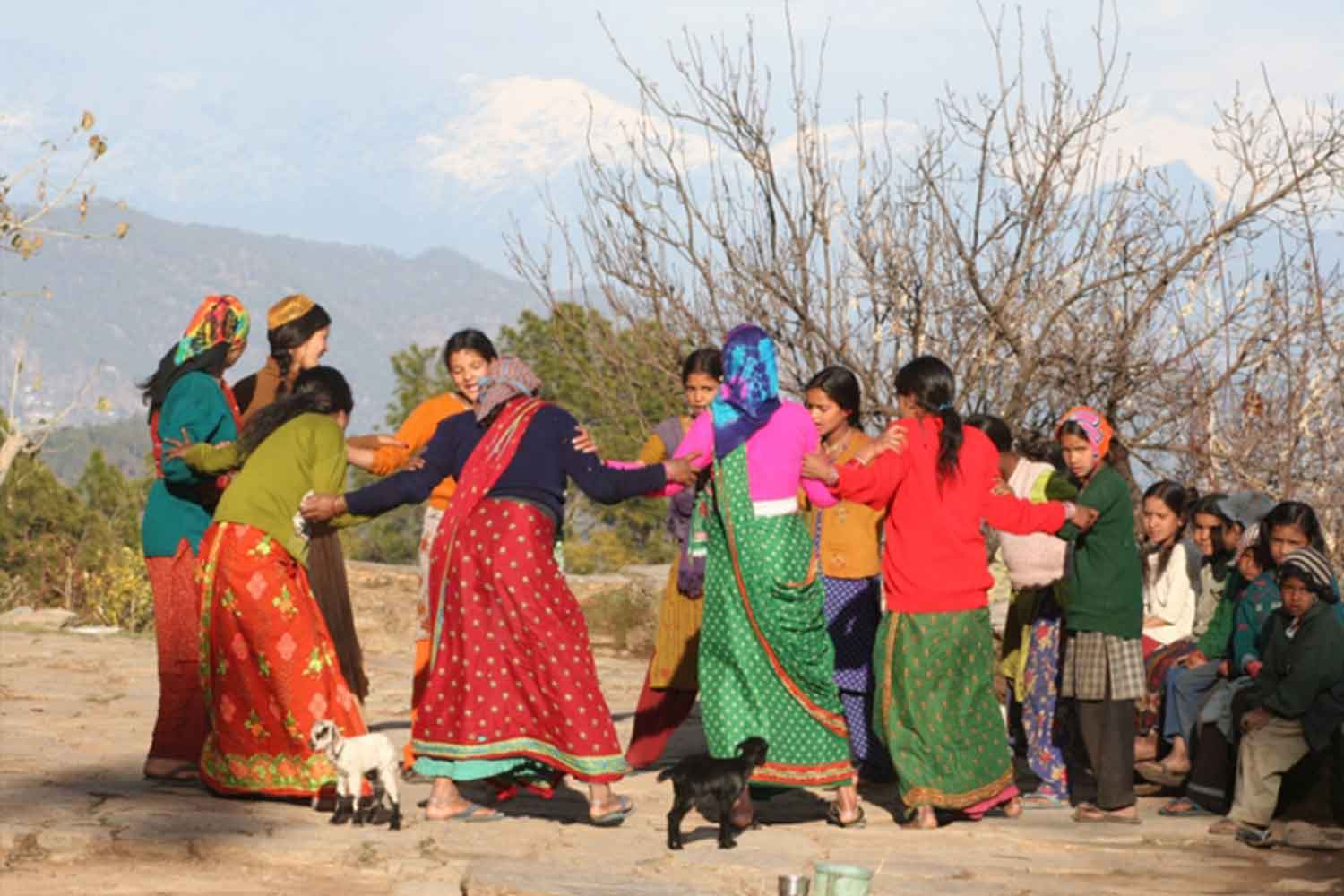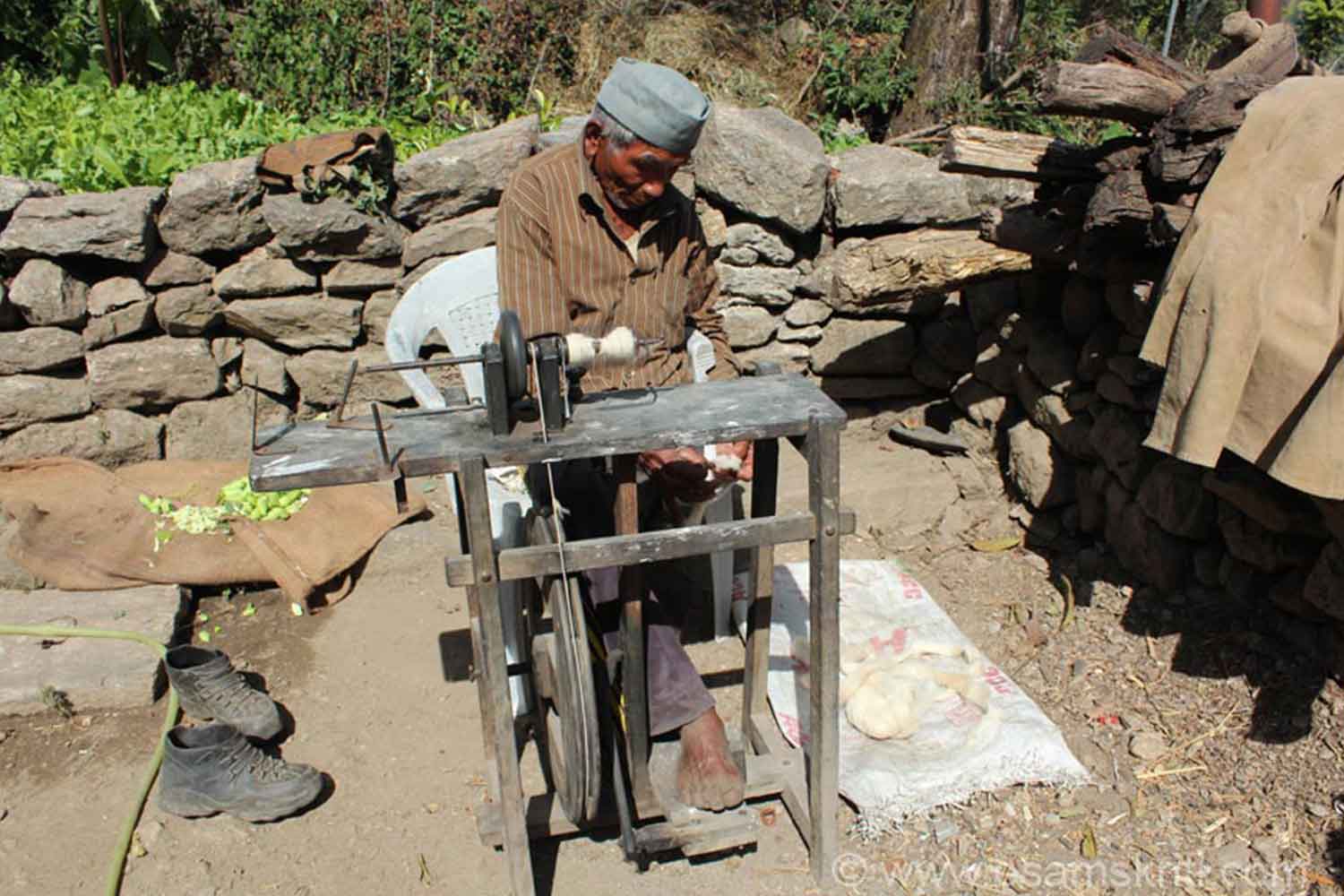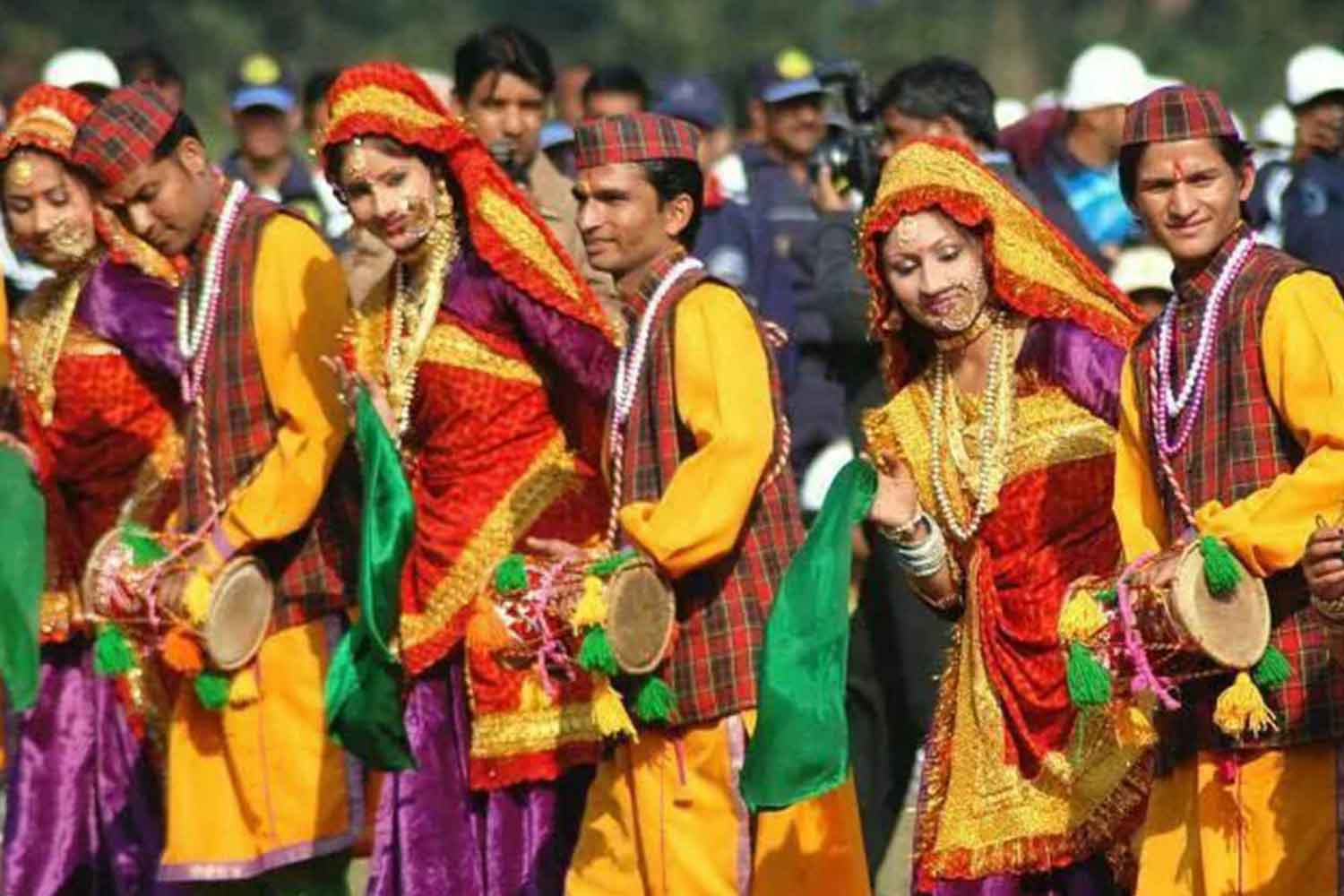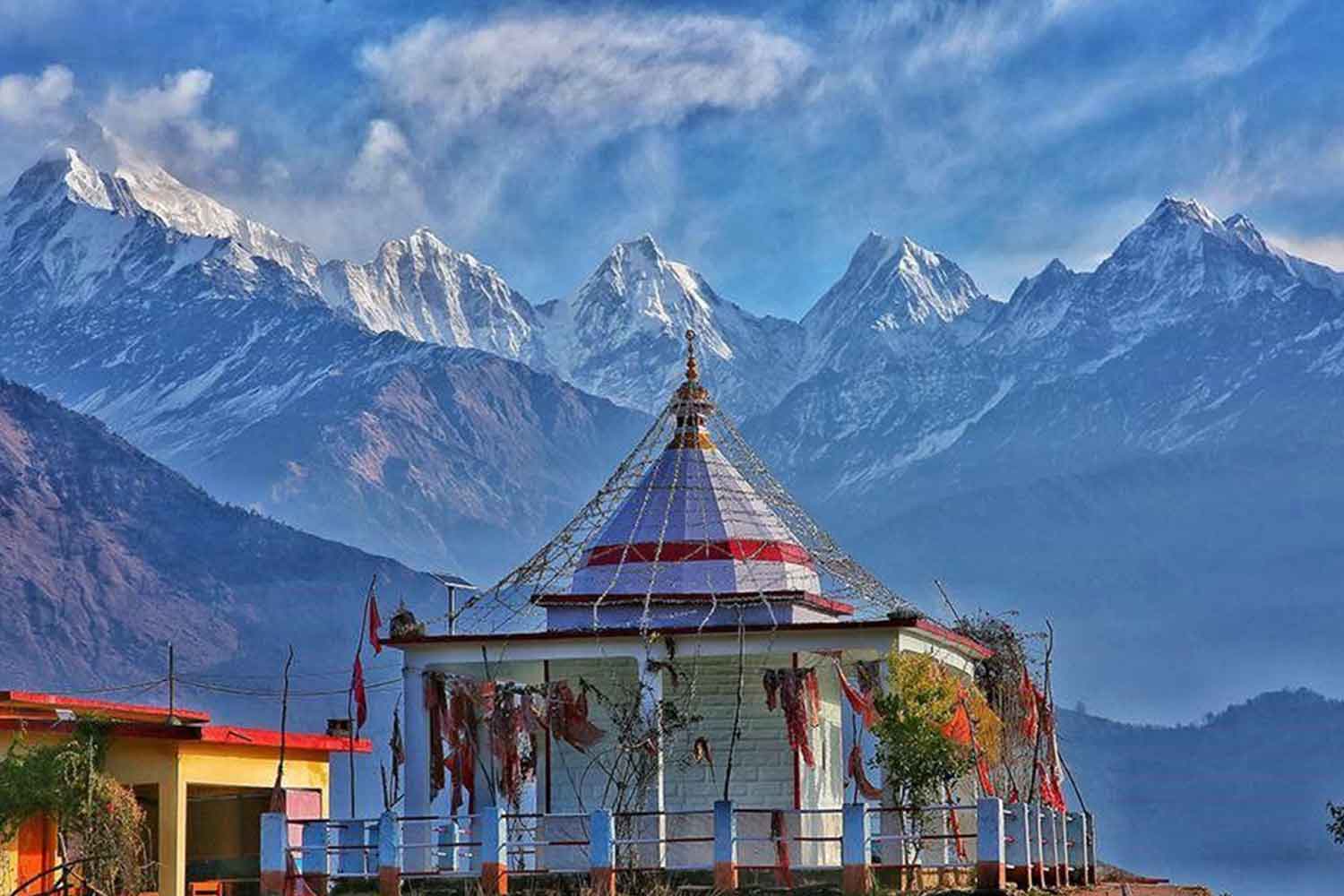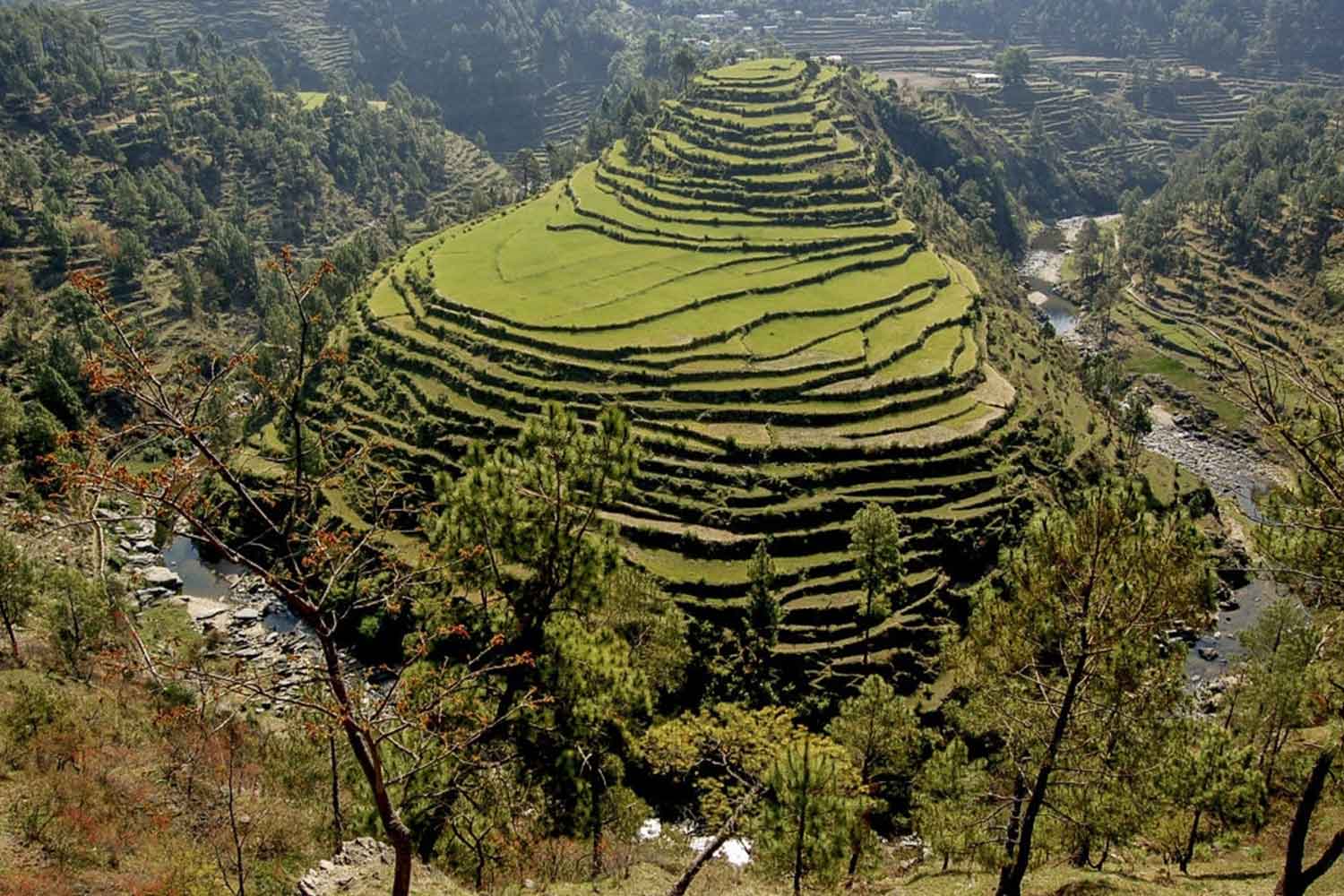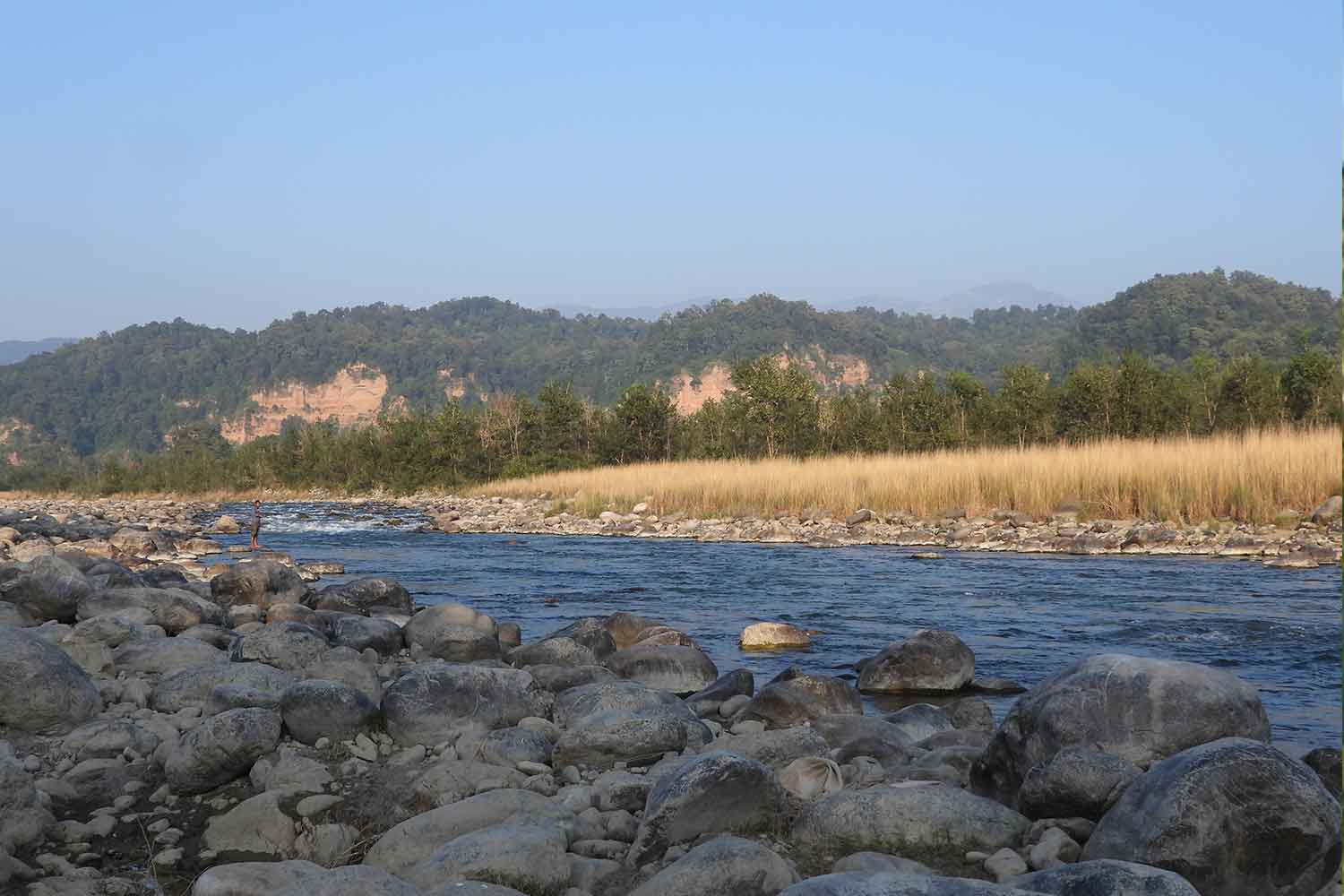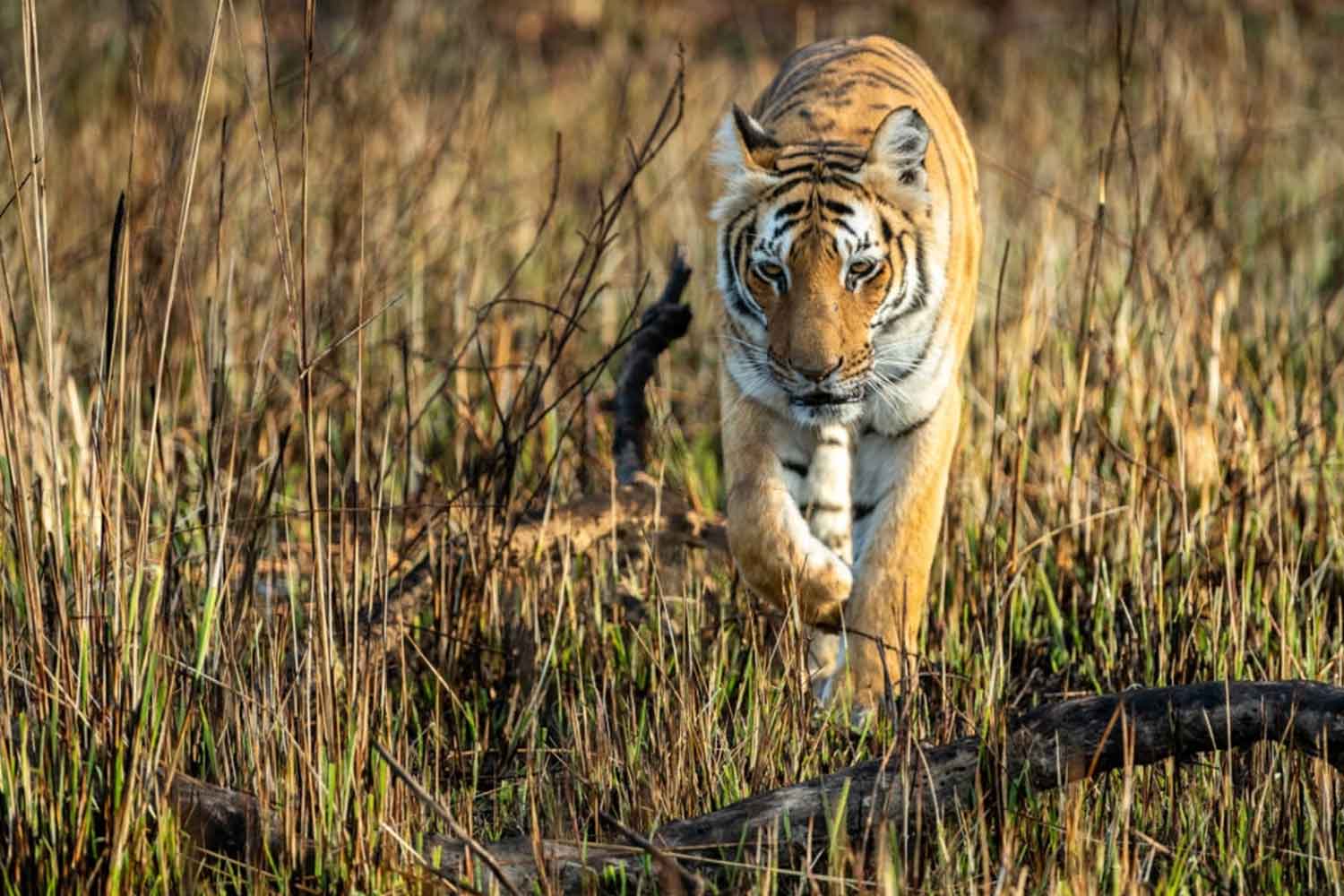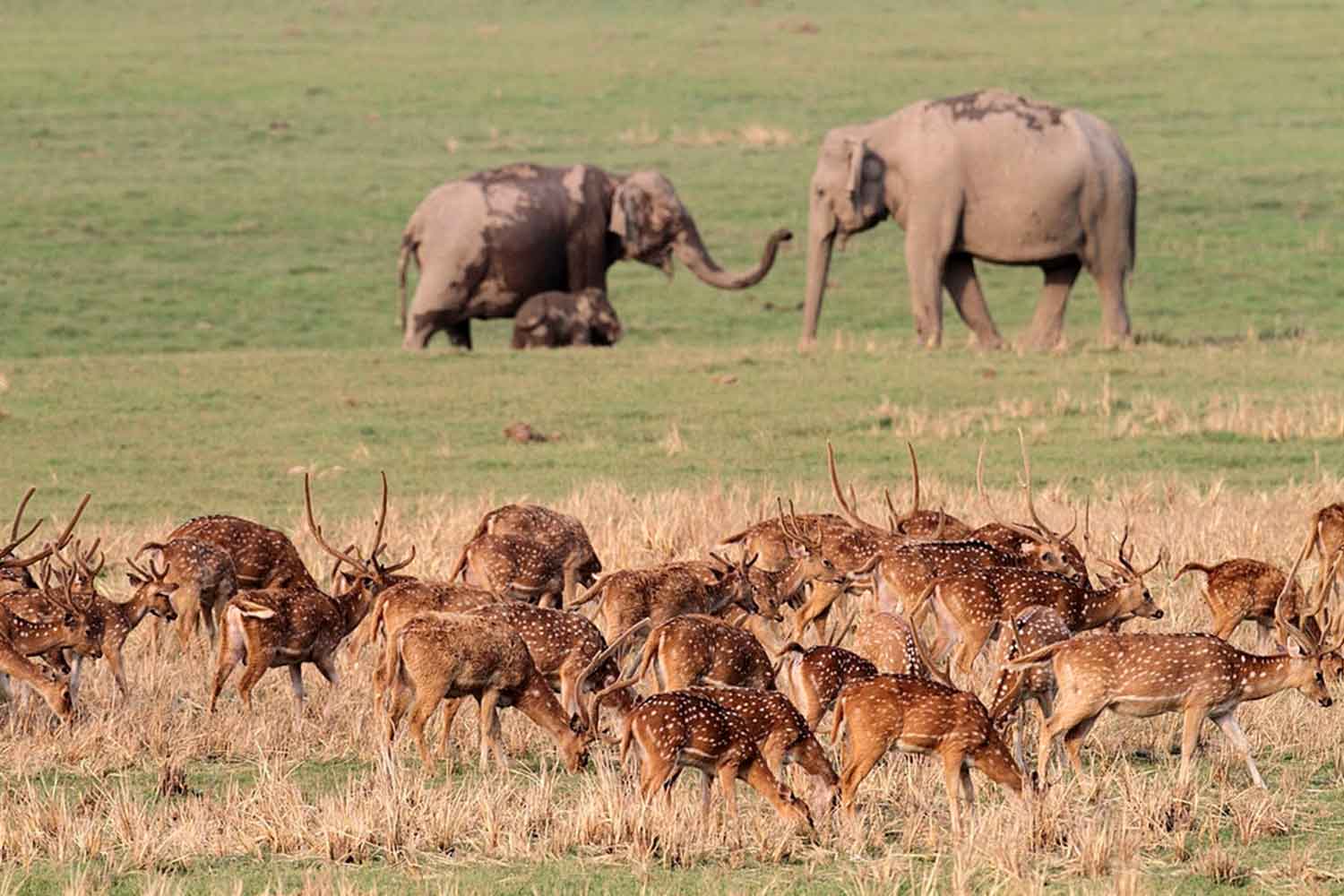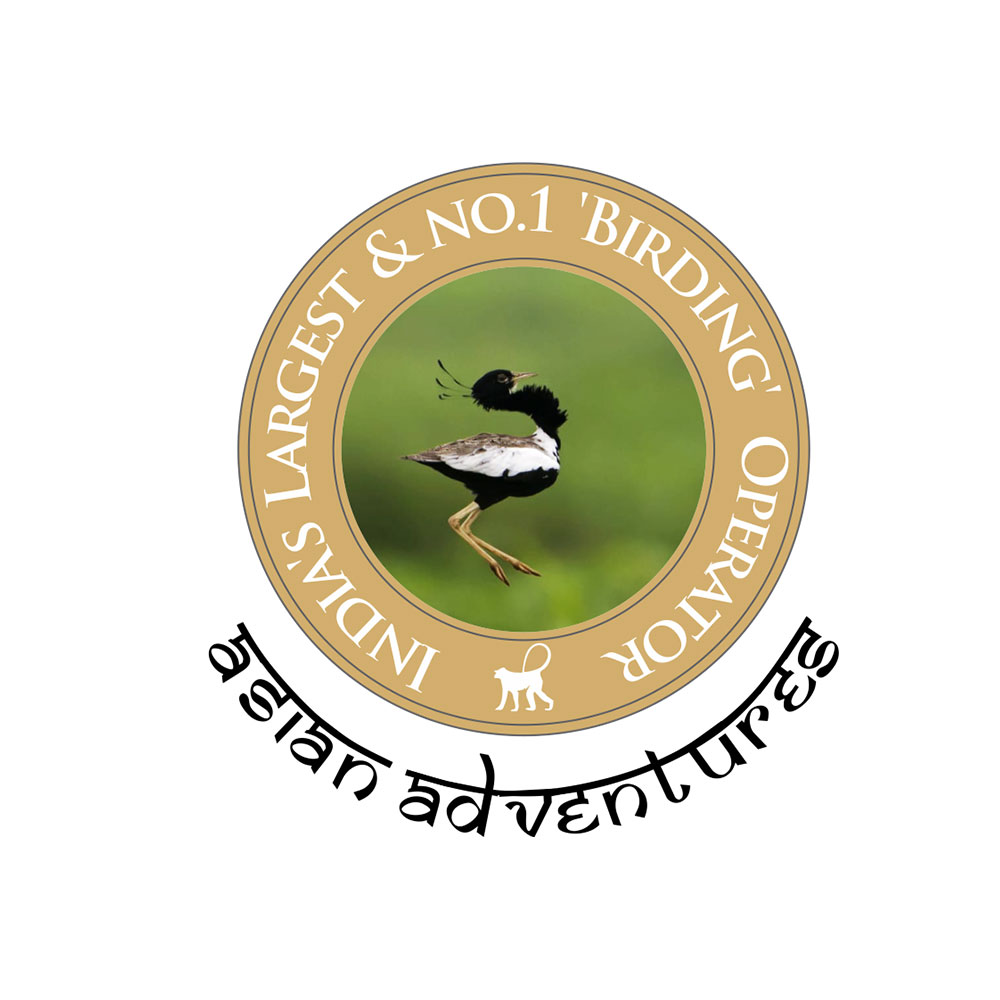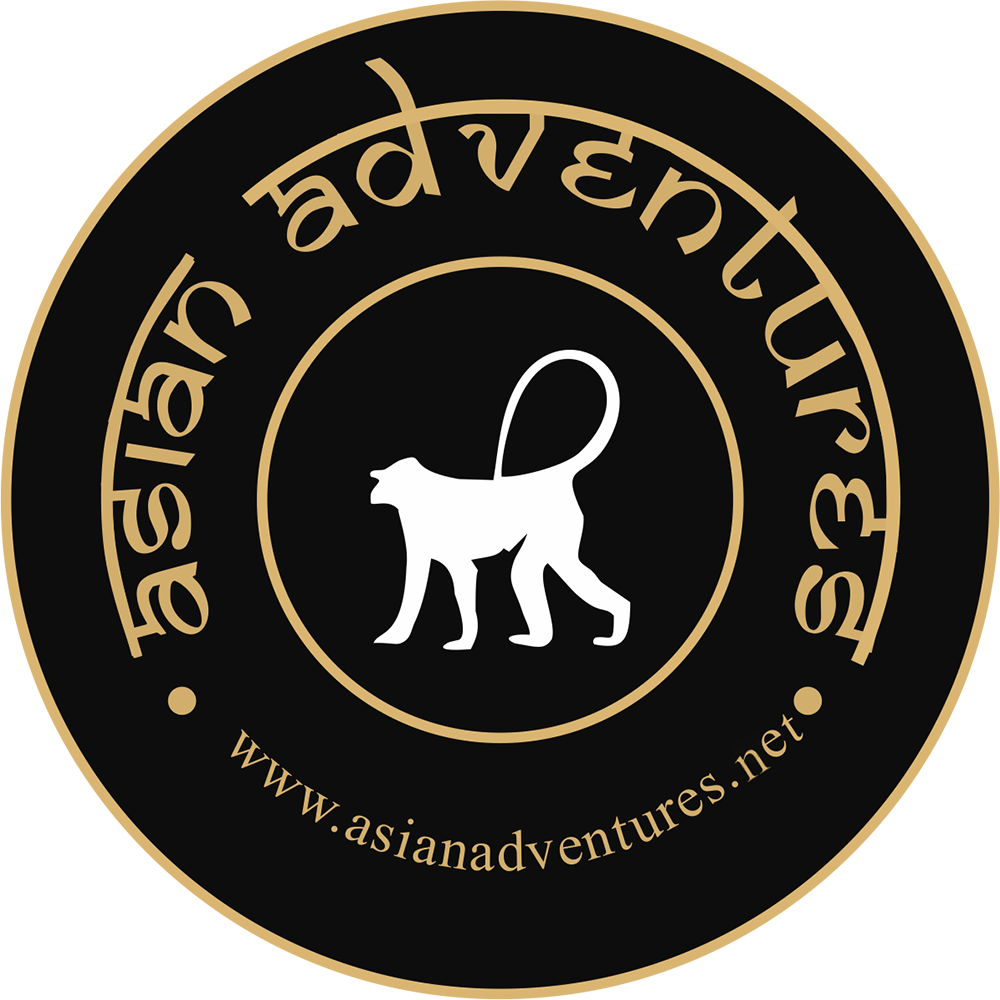Overview
This tour takes you to the best birding and wildlife sites of the Himalayas, including the Corbett National Park, one of India’s premier wildlife destinations, Pangot and Sat Tal, possibly the most well-known birding destinations of the western Himalayas, Jageshwar, a spiritual treasure trove that has been a pilgrimage site for countless generations, and much more. Not only will jungle safaris in Corbett help you see iconic Indian mammals like Tiger and Asian Elephant, but with the help of your guide you will get great pictures and sightings of birds like Brown and Tawny Fish Owls, Kalij, Koklass and Cheer Pheasants, Greater and Lesser Yellownapes, Brown Wood Owl, Himalayan, and Black Bulbuls. In addition, you will experience the rich culture, history, and spirituality of Kumaon, as well as get an immersive glimpse into everyday life.
Located about 15km from Nainital, in the state of Uttarakhand, Pangot is a quiet hamlet surrounded by the Himalayas. Lush forests surround this Kumaoni hamlet, making it the perfect place for the birds of the region to thrive. One can see a variety of Himalayan species such as Himalayan Vulture, Blue-winged Minla, Spotted and Slaty-backed Forktail, Rufous-bellied Woodpecker, Rufous-bellied Niltava, Kalij Pheasant, a variety of thrushes, and more. Almost 150 bird species have been recorded at Pangot and the surrounding areas.
Apart from being India’s oldest birding lodge, and one of the earliest resorts in Pangot, Jungle Lore Birding Lodge is also at the forefront of the Zero Waste Pangot project, a project that aims to reduce waste by adopting responsible waste and water management practices, and teaching them to other lodges in Pangot. Through village walks, Jungle Lore also showcases local rural village life, while activities like cooking classes help traditional practices endure and spread.
Sat Tal, the land of Seven freshwater lakes connected mysteriously, is a beautiful haven, an abode set amid the Himalayan landscape, crisscrossed with lush meadows and tall trees. With a rich diversity of mammals, birds (both migratory and resident), and butterflies, the natural diversity of Sat Tal is truly awe-inspiring.
Birding in Sat Tal in December is a special experience as the area plays host to many birds from higher altitudes who migrate down for the winter. With the help of a Sat Tal birding guide, you will be able to find species like Green-tailed Sunbird, Griffon Vulture, Stork-billed Kingfisher, Red-billed Blue Magpie, Grey-capped Pygmy Woodpecker, and many more.
The small town of Jageshwar has long been a pilgrimage hotspot, and with the calming and revitalizing energy that emanates from the peaceful town and surroundings, it’s easy to see why. Apart from the ancient temples that draw many to Jageshwar, the surrounding lush deodar pine forests are home to a variety of birdlife, whose song livens up this place.
In the midst of the deodar pine forests of Jageshwar, and inspired by local Kumaoni architecture, Van Serai serves the purpose for those who want to be in the most peaceful surroundings. The lodge is located between the two sets of ancient Shiva temples that render energy naturally. The quaint town of Jageshwar and the streams flowing through the dense deodar jungles make the ecosystem unique.
Through guided village and forest walks, short treks, and temple visits, Van Serai introduces visitors to and teaches them about everyday life in Jageshwar, including its history, architecture, and cuisine. Traditional farm-fresh and Satvik Kumaoni food showcase the culinary history of Kumaon, and cooking classes help these traditional dishes endure. Van Serai also practices responsible waste and water management practices, while adopting as many local traditional practices as possible.
Munsiyari has hidden away amongst the mountains in India's border district of Pithoragarh at a height of 7000 ft, this Himalayan settlement is probably the closest you can get to experience the Greater Himalayas from a hand-shaking distance. At Munsiyari, you have the majestic Panch Chuli peak looming all of 22600 ft right in front of you. This last outpost in Kumaon is the gateway to the famous Milam and Ralam glaciers. It is also your only access to one of India's highest mountains - Nanda Devi East (7434m). The valley is dotted by several beautifully laid out hamlets with a cultural lifestyle steeped in traditional Hinduism. Almost every village, populated by a cross-section of Indo-Tibetan tribals called Bhotias, is rich with handicrafts: hand-woven woolen carpets, pashmina shawls, and sheep wool blankets. Traditional folk dances like the Jhora, Cholia, and Chapel are great to watch.
Established as the Hailey National Park in 1936, Corbett is India’s oldest national park and tiger reserve. Located in the western Himalayan foothills, Corbett is one of India’s premier wildlife destinations. Apart from a healthy population of Tiger, Leopard, Asian Elephant, Indian Muntjac, Sambar Deer, Chital, and more, Corbett is also home to a wide variety of birds. One may expect to see birds like Lesser Fish Eagle, Cinereous Vulture, Pallas's Fish Eagle, Tawny Fish, and Spot-bellied Eagle-Owls, Great Slaty Woodpecker, Ibisbill, Wallcreeper, Golden-headed Cisticola, Rosy Minivet, and Himalayan Rubythroat to name a few. The park is home to a wide variety of habitats, from riverine belts, marshlands, and lakes, to forests and grasslands, adding to both its natural beauty and biodiversity.
My Himalayan fortnight
Each time I visit the Himalayan foothills I get enthralled by the quiet surroundings, lush meadows, tall Deodar and Oak trees, and, of course, the variety of bird species. This time, since I had the luxury of traveling for two weeks, I decided to explore the rich Kumaoni culture as well.
My journey started off in Pangot. Easily accessible from Delhi, and a favorite destination for a birder like me, this seemed like the perfect place to start.
To say Pangot is a birding paradise is something of an understatement. The birds of Pangot find their homes in the lush montane forests and fields surrounding the region. With the help of the amazing guides here, I’ve had the luck to see a variety of Himalayan species such as Himalayan Vulture, Blue-winged Minla, Spotted and Slaty-backed Forktails, Black-throated Bushtit, Small Niltava, Kalij, and Koklass Pheasants, a variety of laughing thrushes including Streaked, Striated, White-throated, and more. In fact, almost 150 bird species have been recorded at Pangot and the surrounding areas.
The meals here are of another level altogether. Simple, yet farm-fresh and made with love, I always feel like I can taste the love. Not to mention the chai and pagodas, which are almost a staple for me here.
Occasionally, I have also had the chance of spending time at a local family’s home, sharing a precious cup of tea with them, sharing in their stories and experiences, and dining on the wholesome local cuisine. The Governor’s House (Raj Bhawan) is another excellent site to learn more about the old world charm of Pangot and its surrounding areas, and the Tibetan Market in the city of Nainital is a place where I can easily spend hours walking around the streets. Observing the way of life and understanding the heritage and cultural values of Pangot and its neighbours takes me back to the olden days, almost as if I was there then.
Another popular site I love visiting in the area is Sat Tal, named after the seven freshwater lakes in this beautiful haven. It is an abode set amid the Himalayan landscape, criss crossed with lush meadows and tall trees. Sat Tal is home to the Sattal Mission Estate and Methodist Ashram, better known as the Sattal Christian Ashram, which was established in the early 20th Century by a Christian evangelist and missionary. It is one of the heritage places in Sat Tal and provides an insight into the olden times. For me personally, these places are a place of peace, that remind me how tranquil life here can be. Another favourite site in Sat Tal is the beautiful waterfall, Subhash Dhara, which is a natural spring of crystal clear water that cascades down from the lush oak forest. And after all this exploring, a freshly prepared plate of local traditional delicacies is always welcome.
Sat Tal is also well-known for its rich biodiversity. The birds of Sat Tal, especially, are a big draw, with 150 species of resident and migratory species, and if you are a birder or photographer, or both, I would definitely recommend a combined Pangot-Sat Tal birding tour for the best birding experience. Some of the beauties I’ve managed to see here include Green-tailed Sunbird, Griffon Vulture, Stork-billed Kingfisher, Red-billed Blue Magpie, Grey-capped Pygmy Woodpecker, Lesser Yellownape, various kingfishers, Blue-throated, Brown-headed, Lineated, and Coppersmith Barbets, Plum-headed and Slaty-headed Parakeets, and more. Many of the hotels and hides in Sat Tal are run by local birding guides and make for the best experiences.
With birding enough to fill my heart and soul, I moved to Jageshwar, a pilgrimage site for countless generations.
One of the great pleasures of being up in the mountains, especially the Himalayas, is experiencing the unknown, the new and the adventurous- the pleasure of soaking in the lush landscapes, the adrenaline rush of standing at the edge of a cliff thousands of feet high, feeling awed in front of the soaring earth and plummeting skies, or uncovering the mysteries of the enigmatic being that Shiva is.
It’s no surprise then that I fell in love with Jageshwar the first time I went there. From the early morning calls of Blue Whistling Thrush to the magical sunsets at our secret trails, everything about Jageshwar is beautiful and pleasing to the senses.
Of course, I had immense fun with all the touristy things, but there are subtle dimensions to it which I also managed to touch upon. Diving deep into the concepts of freedom, happiness, laughter, ecstasy, and compassion, and many such terms, was a real eye-opener. Once I got a grip on these, I think I truly laughed with innocence after a long time. I wished the ground would open up and swallow me, but in a good way.
Apart from guided yoga and meditation sessions, we went hiking, birding, and even spent quality time gaining ancient traditional knowledge from bubs and daaju of Jageshwar. Cracking jokes, cookouts, and singing songs around a campfire seemed as normal as the bhajan kirtan and temple visits.
Couple this all with the delicious Satvik food at Van Serai, and I really felt I was in heaven. To be honest, when I heard the term “Satvik food”, I imagined something akin to tasteless diet food, but boy was I happy to be wrong. I could taste the love that went into each and every finger-licking-good dish that was served here.
After a few days of bliss in Jageshwar, I traveled to Munsiyari for a few days. There is plenty of stuff to do here. For birders like me, there is the attraction of species like Grey Bellied Tesia, Robin Accentor, Himalayan Cutia, Green-tailed Sunbird, Satyr Tragopan, Chestnut Crowned Warbler, and many more.
The valley is dotted by several beautifully laid out hamlets with a cultural lifestyle steeped in traditional Hinduism. Almost every village, populated by a cross-section of Indo-Tibetan tribals called Bhotias, is rich with handicrafts: hand-woven woolen carpets, pashmina shawls, and sheep wool blankets. Traditional folk dances like the Jhora, Cholia, and Chhapeili are great to watch.
After soaking in the rich culture, it was back to wildlife for me, heading down to Corbett National Park, with a night’s halt at Ranikhet.
Corbett has always held a special place in my heart. From reading the stories of hunter-turned-conservationist Jim Corbett, to actually visiting India's oldest park, one named after him, was like a dream come true. My safaris in Corbett helped me explore these lush habitats, from the forests to grasslands. Asian Elephants, Tigers, a variety of deer, and a plethora of birds made my Corbett visit special, and I almost spent my entire camera memory card clicking everything wondrous I could lay my eyes on.
Sadly, these days of tranquility were all the time I could afford, and then it was time for me to return to Delhi. At least I could get back to life with a clear mind.

Meals: Lunch and Dinner
Accommodation: Jungle lore birding lodge
Arrive at Delhi airport/railway station. You will be met by our representative and driven to the resort in Pangot (8 hrs drive). If time permits, we will stop en-route at the Ganges for birding. After arriving, check-in at the resort. Enjoy a late lunch at the resort. You have the evening free to enjoy the serene atmosphere.
Overnight stay.

Meals: Breakfast, Lunch & Dinner
Accommodation: Jungle Lore Birding Lodge
Spend a full day birding at Pangot village, Baggar, and Gughu Khan. Trek to Cheena Peak - a very enjoyable half-day trek with a packed picnic lunch. These walks can be very rewarding. You have the afternoon free to visit the local villages and observe the remote lifestyle of the hill folk with a guided village walk.
Overnight stay
Key species: Cheer, Koklass and Kalij Pheasants, Crested Serpent Eagle, Mountain Hawk-Eagle, Brown-fronted and Rufous-bellied Woodpecker, Black-throated and Mistle Thrushes, Striated Prinia, Rufous-bellied Niltava, Himalayan Bluetail, Blue-capped Redstart, White-throated, Striated and Streaked Laughingthrushes, Upland Pipit, Whiskered Yuhina etc. Slaty-headed and Red-breasted Parakeets, Grey Bush Chat, Long-tailed and Grey-backed Shrike, Common Kestrel, Besra, Chestnut-bellied Rock Thrush.

Meals: Breakfast, Lunch & Dinner
Accommodation: Hotel Lavanya
Spend the morning birding in Pangot. After a late breakfast, check-out and drive to Sat Tal, stopping en-route for birding. Arrive in Sat Tal in the early afternoon. Check in to your resort and have lunch. Spend the evening birding in Sat Tal. The deliberately undeveloped and well-wooded areas around Sat Tal are a great place for a walk, even without the intention of birding.
Overnight stay.
Key species: White-crested Laughingthrush, Rufous-gorgeted Flycatcher, Red-billed Leothrix, Siberian Rubythroat, Rock Bunting

Meals: Breakfast at Sat Tal, Lunch & Dinner at Jageshwar.
Accommodation: Vanserai - The Himalayan Spiritual Lodge
Spend the morning with a birding session in Sat Tal. Check-out from your hotel, drive to Jageshwar and check in at our wellness boutique lodge, Van Serai. After freshening up, spend the rest of the day birding in the surrounding lush deodar forests.
Overnight stay.
Key species: Mountain Hawk-Eagle, Asian Barred Owlet, Large Hawk-Cuckoo, Red-billed Blue Magpie, Blue Whistling Thrush, Grey-headed Woodpecker, Plumbeous Water Redstart, Himalayan Prinia

Meals: Breakfast, Lunch & Dinner
Accommodation: Van Serai - The Himalayan Spiritual Lodge
Today we will visit the Jageshwar and Vridha Jageshwar Temples.
The spiritual hamlet of Jageshwar is where you can explore its ancient 8-12th century Shiva temples. The tranquility of Jageshwar, coupled with the spiritual energy of the temples, makes this a spiritual retreat.
Visit Vridha Jageshwar in the morning, it is a 3 km trek and is the source of the river Jata Ganga. The view of the surrounding countryside is very imposing and 1.5 km beyond Hiriya Shikhar (2200 m), the view of the Himalayan peaks is awe-inspiring. On the way, you will find numerous species of Himalayan birds. The local Kumaoni villages will give you an opportunity to catch a glimpse of the local people, culture, lifestyle, and architecture.
Overnight stay in Van Serai.

Meals: Breakfast, Lunch, and Dinner
Accommodation: In the hotel
Today, we will proceed to Munsiyari. Munsiyari is hidden away amongst the mountains in India's border district of Pithoragarh at a height of 7000 ft, this Himalayan settlement is probably the closest you can get to experience the Greater Himalayas from a hand-shaking distance. At Munsiyari, you have the majestic Panch Chulli peak looming all of 22600 ft right in front of you. This last outpost in Kumaon is the gateway to the famous Milam and Ralam glaciers. It is also your only access to one of India's highest peaks - Nanda Devi East (7434m). The valley is dotted by several beautifully laid out hamlets with a cultural lifestyle steeped in traditional Hinduism. Almost every village, populated by a cross-section of Indo-Tibetan tribals called Bhotias, is rich with handicrafts: hand-woven woolen carpets, pashmina shawls, and sheep wool blankets. Traditional folk dances like the Jhora, Cholia, and Chhapeili are great to watch.
Overnight stay.

Meals: Breakfast, Lunch, and Dinner
Accommodation:
We have two full days to explore Munsiyari. Apart from day visits to Darkot village, Jimi Ghat waterfall, Goriganga river, or Maheshwari Kund, one can also opt for nature and birdwatching trails, visits to the local nursery, visiting Thambri Kund, trekking to Khaliya Top, or various village visits.
Overnight stay.
Key species: Himalayan Monal, Slaty-headed Parakeet, White-throated Laughingthrush, Rufous Sibia, Spotted Laughingthrush, Grey-winged Blackbird, White-collared Blackbird

Meals: Breakfast, Lunch, and Dinner
Accommodation: Snowview Ranikhet
Drive to Ranikhet via Thal and Kausani (8-9 hours). On a clear day, the place offers one of the most breathtaking views of the entire range from Chaukhamba, Neel Kanth, Hathi Parvat, Trishul, Nanda Devi, Nanda Kot, to Panchchuli and Appi (Annapurna) peaks. Tea gardens carpet the slopes of Chaukhori while the surrounding ridge is completely covered by rows and rows of pine.
Overnight stay.

Meals: Breakfast, Lunch, and Dinner
Accommodation: Tiger Camp
Post breakfast, check out from your accommodation and drive to Corbett National Park (90 kms/3 hrs.). Arrive in Corbett in the afternoon. You have the rest of the day at leisure to enjoy the ambiance of the resort and relax.
Overnight stay.

Meals: Breakfast, Lunch, and Dinner
Accommodation: Tiger Camp
Explore the jungles of Corbett with morning and evening safaris into the park. Besides the mammals of the park, a morning safari is also great for birdwatching. Corbett’s variety of habitats is home to a great diversity of avifauna.
Overnight stay.
Key species: Tiger, Leopard, Indian Muntjac, Spotted Deer, Asian Elephant, Tawny Fish Owl, Brown Fish Owl, Great Hornbill, Oriental Pied Hornbill, Lineated Barbet, Chestnut-headed Bee-eater

Meals: Breakfast
Accommodation: None
After breakfast, check out from the resort and drive back to Delhi
Tour ends.
Highlights
- Splendour of the Himalayas
- Wildlife experience of sighting of Asian Elephant, Tiger, Leopard, Spotted Deer, Sambar, Muntjac and other fauna
- Great birding
- Short Treks and overnight camping
- Campfires
- Traditional cuisine and a glimpse of the culture of Uttarakhand
- Pristine forests
- Amazing landscape
- Excellent food
- Comfortable lodging
- Cooking classes
- Ancient temple architecture
Included
- Accommodation on twin / double sharing basis Meals as per the itinerary
- Dedicated AC transport Jeep Safaris in Corbett as per the itinerary | All taxes
Video
Location
Stories
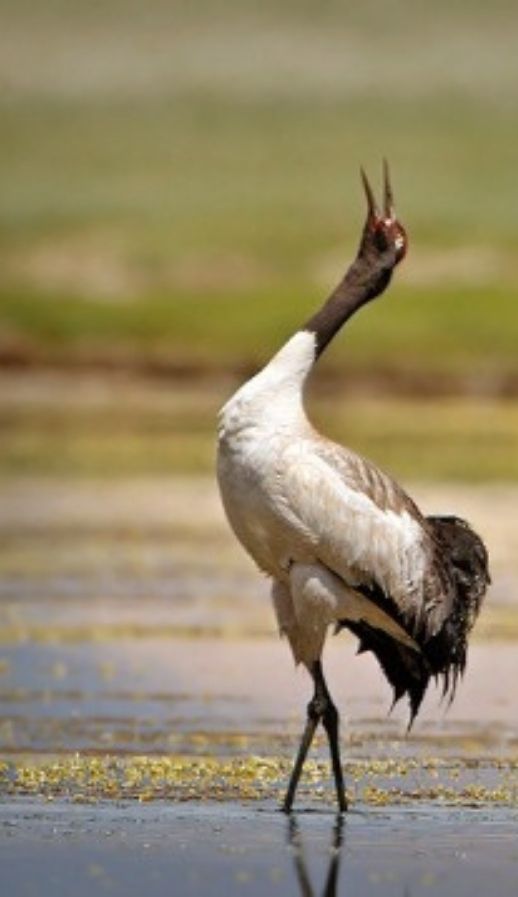
Ladakh
North India, the land of Ladakh, looks as though it was made for birdwatching and photography.

Gir National Park Gujarat
Sometimes it is not just the species spotted but also the amazing moments. Some of our guests had the unique opportunity to witness the mating of Asiatic Lions in the Gir Forest, truly a special moment.

Delhi
Surajpur is an amazing wetland close to the nation’s capital. Apart from being one of the monsoon homes for the Bristled Grassbird, it is also home to another sought-after species: the Bengal Bush Lark.

Rajasthan
One advantage of living near the birding hotspot of Bharatpur is that you can see some amazing birds, like the graceful Sarus Crane, in your backyard during this lockdown


